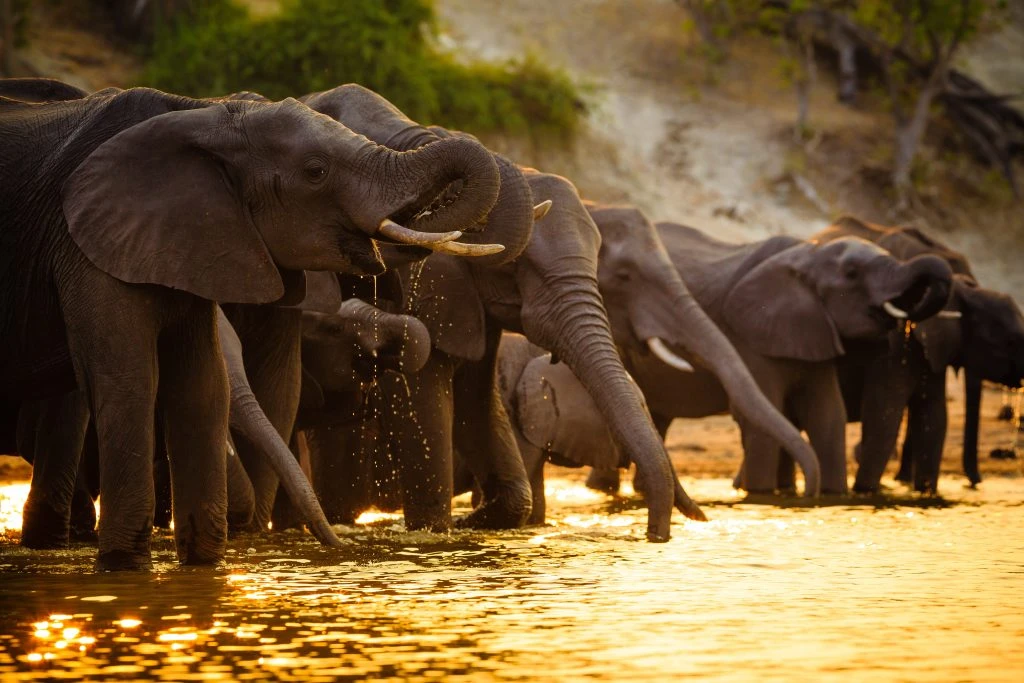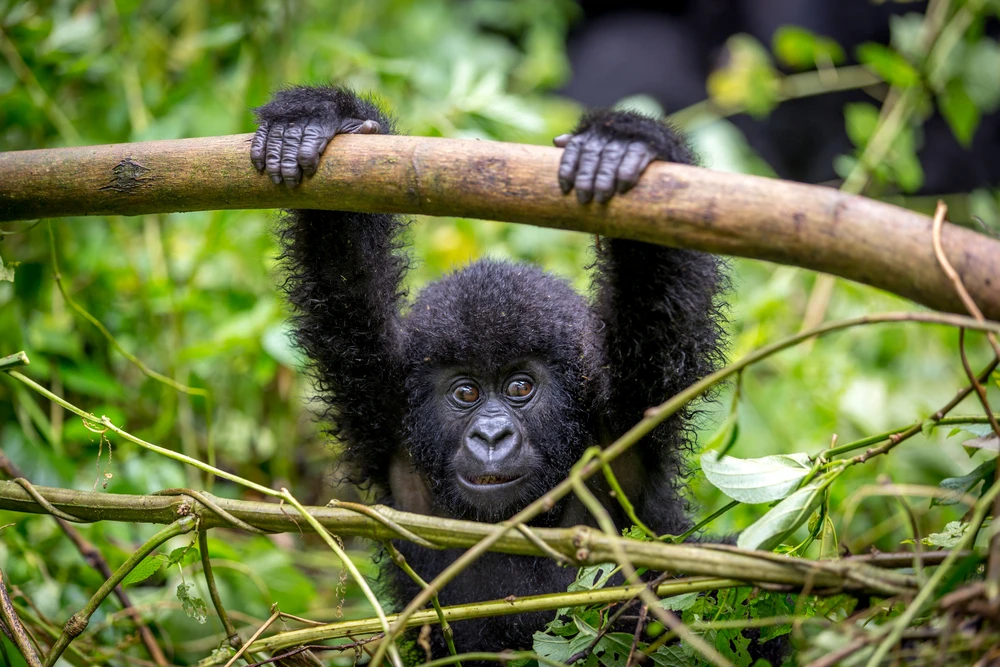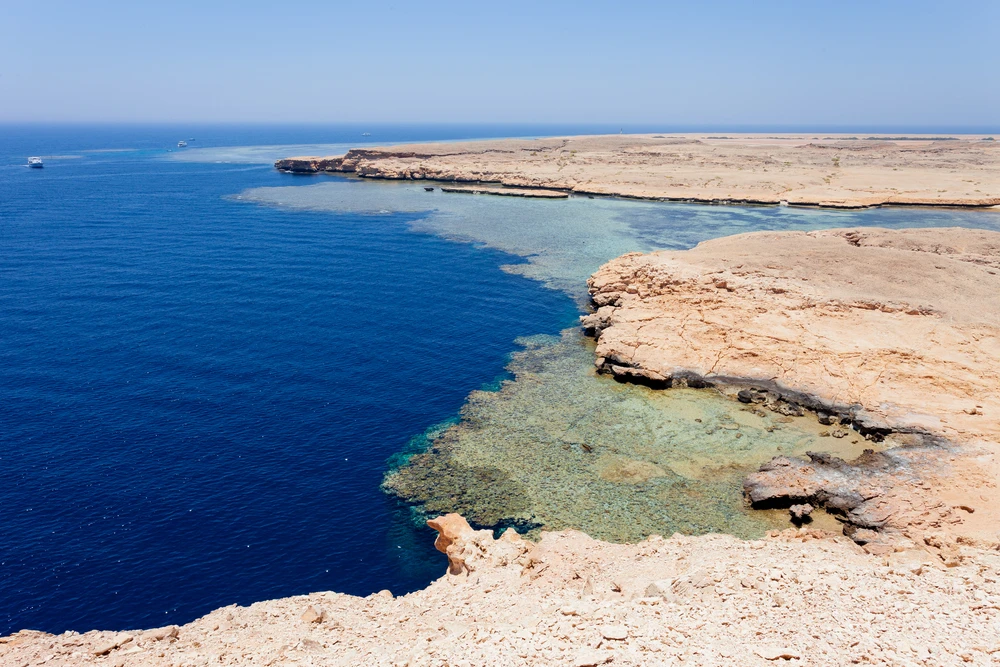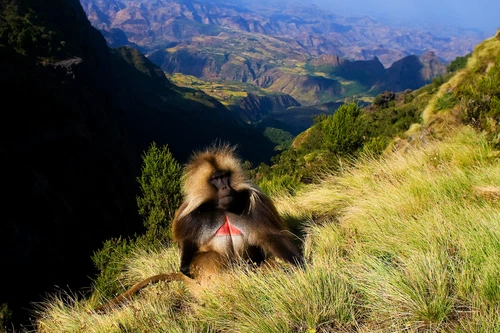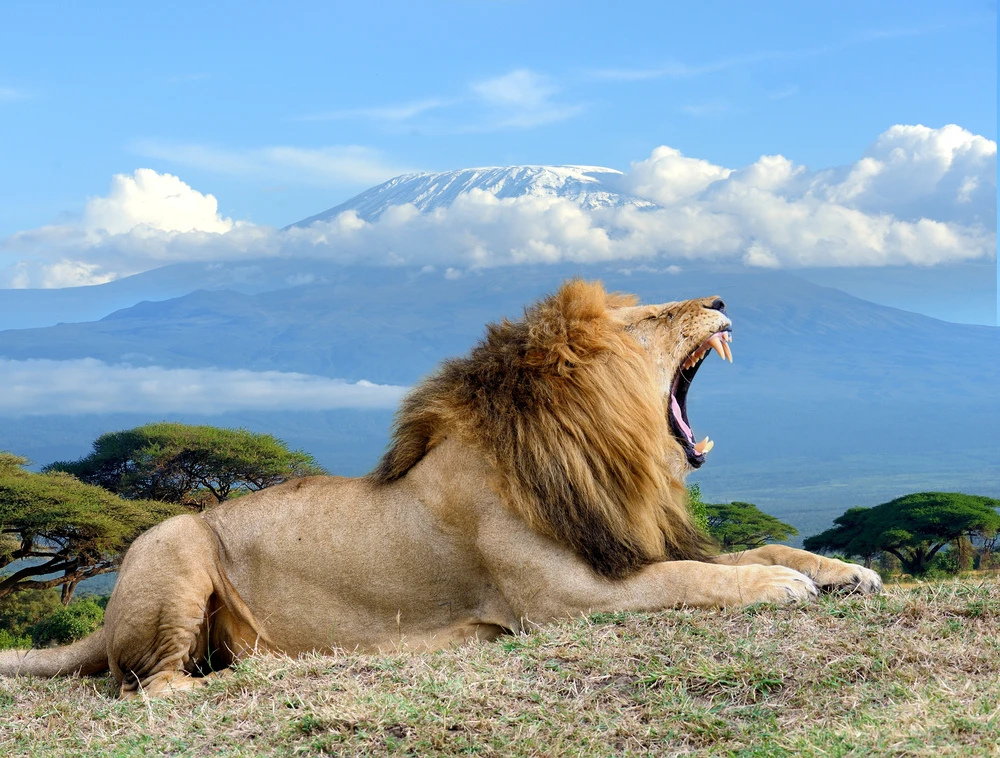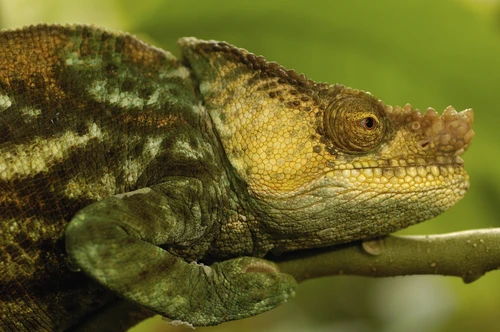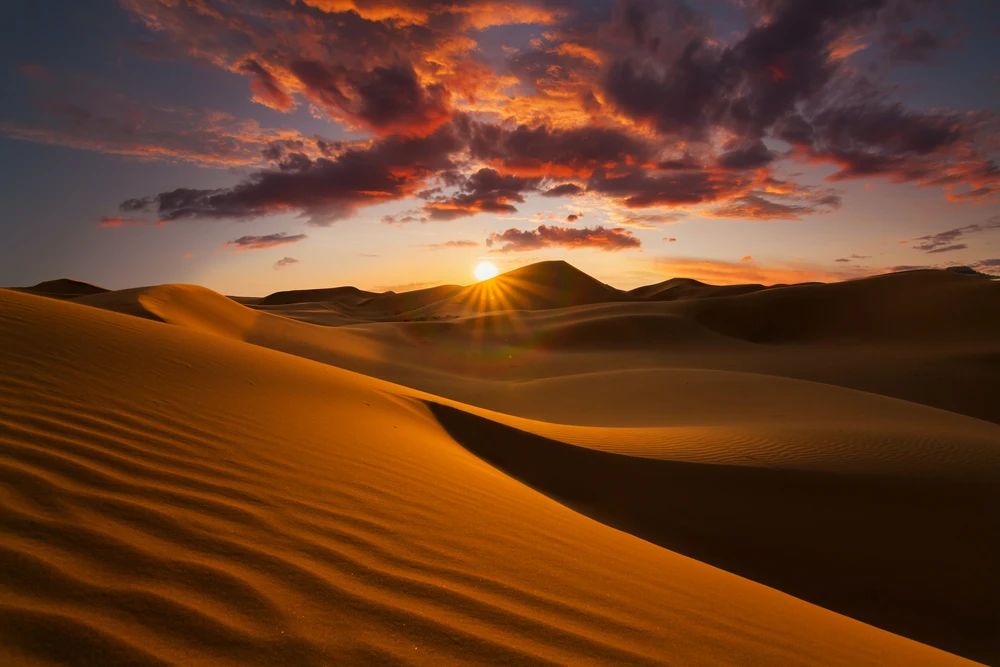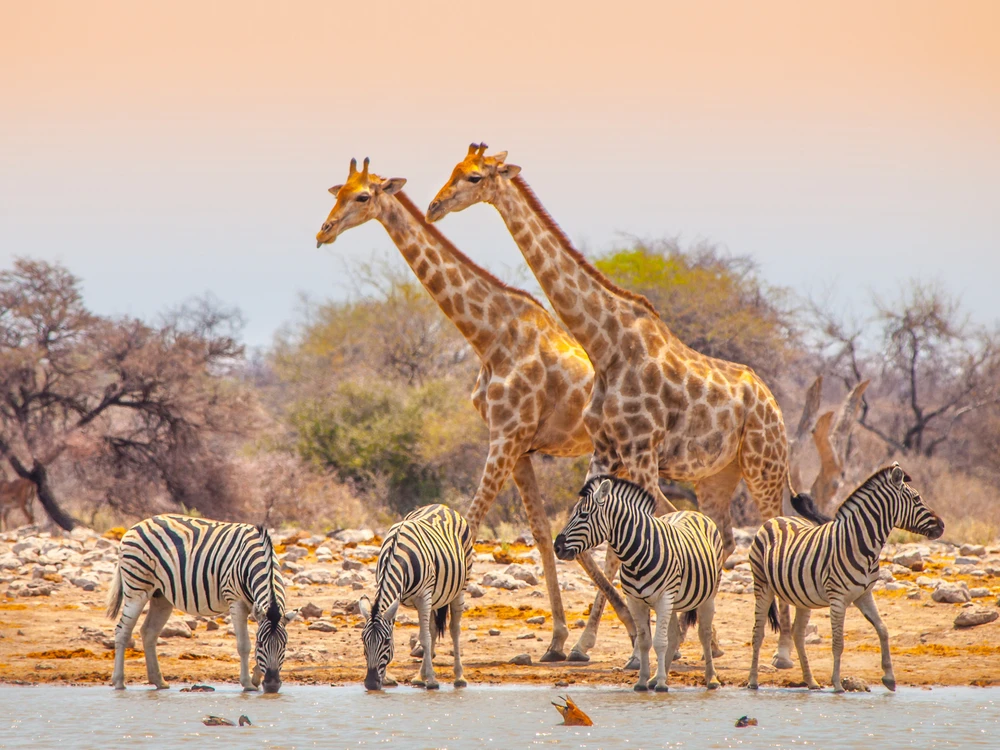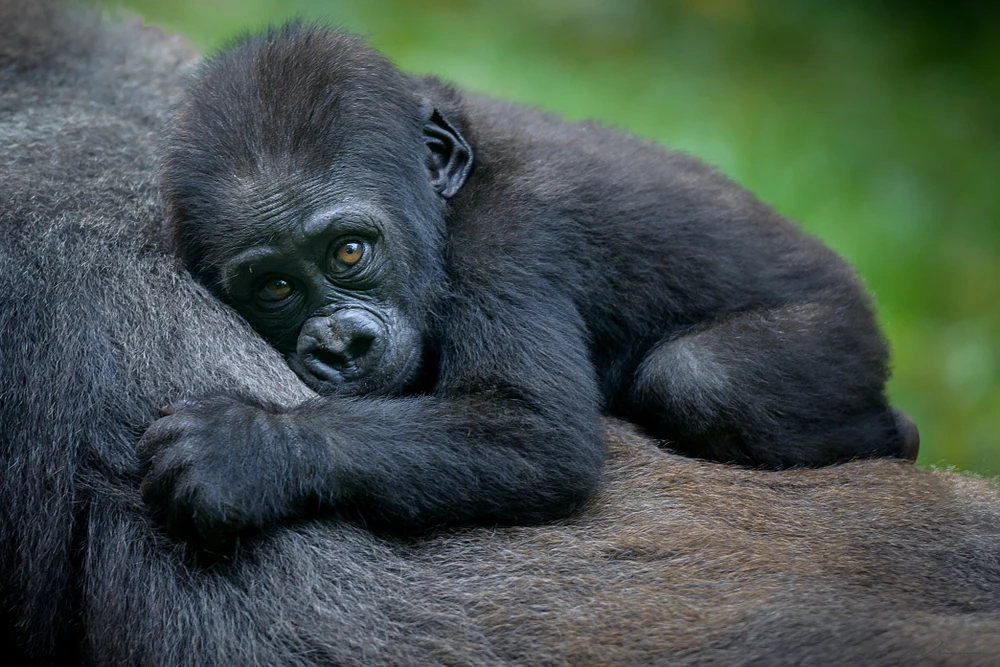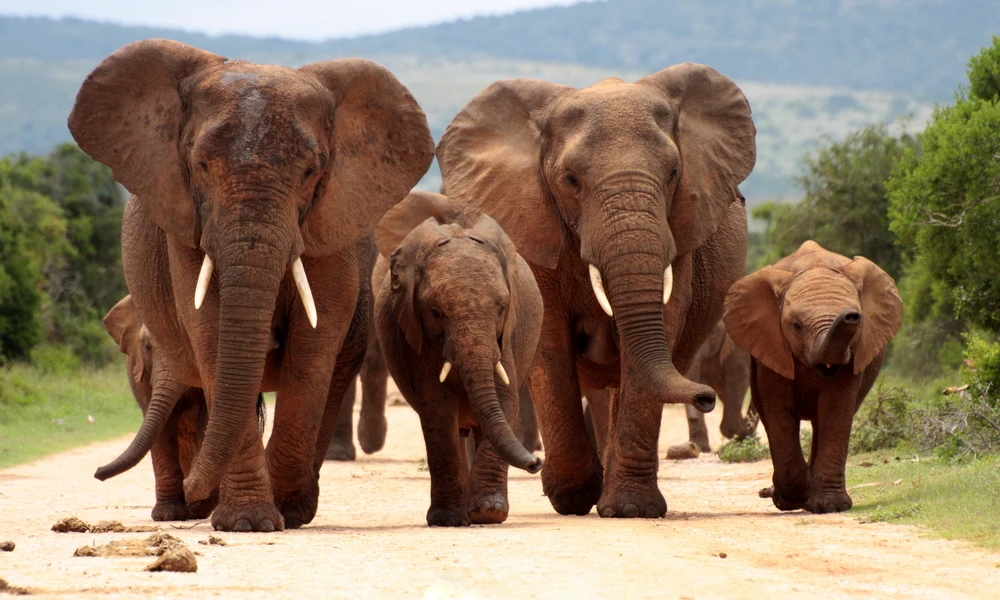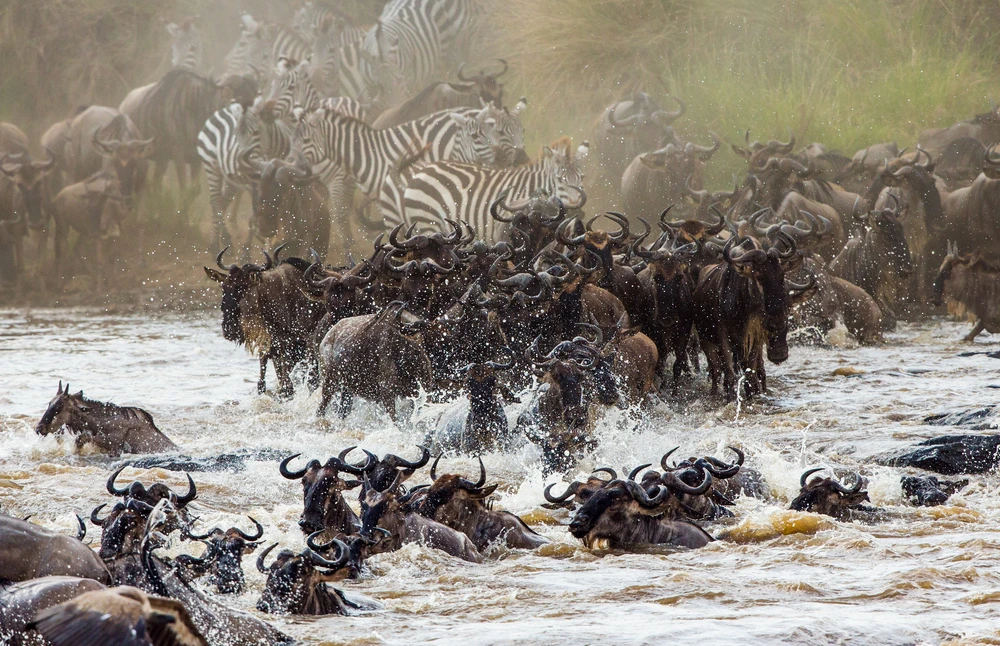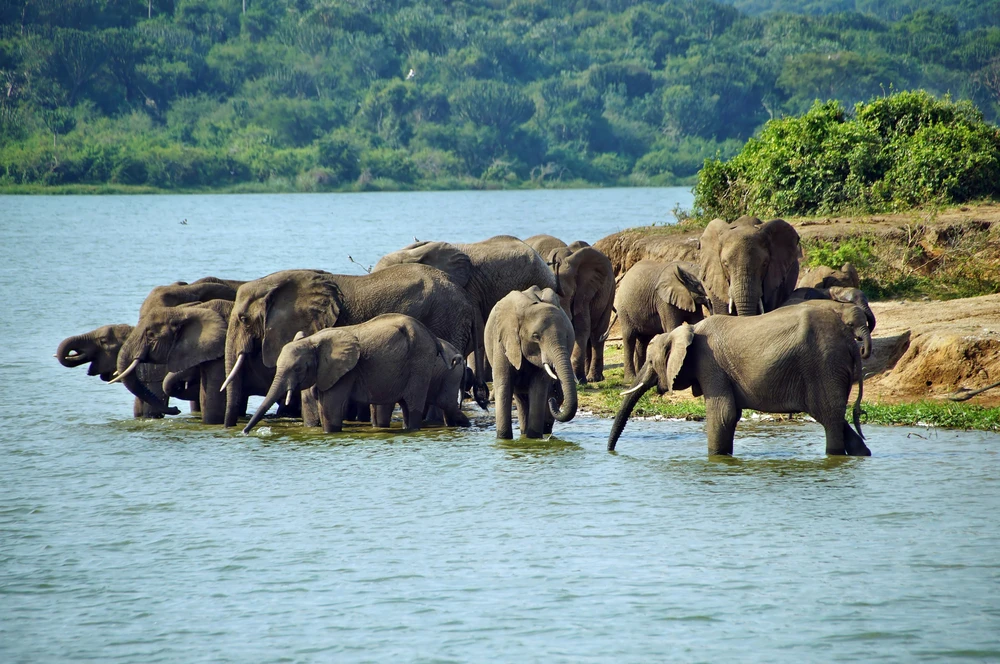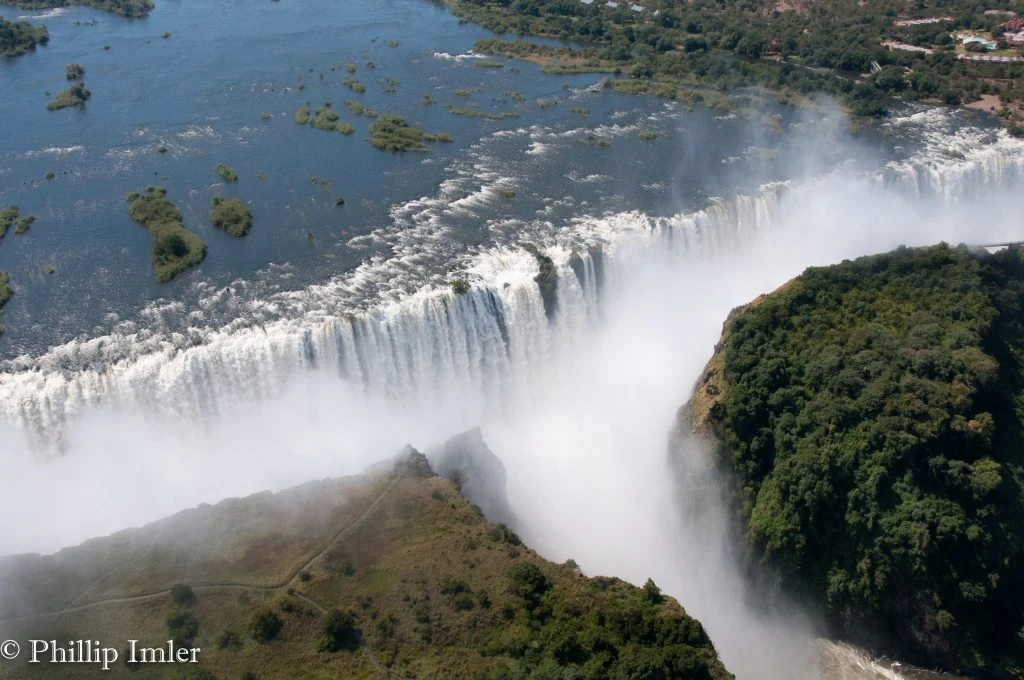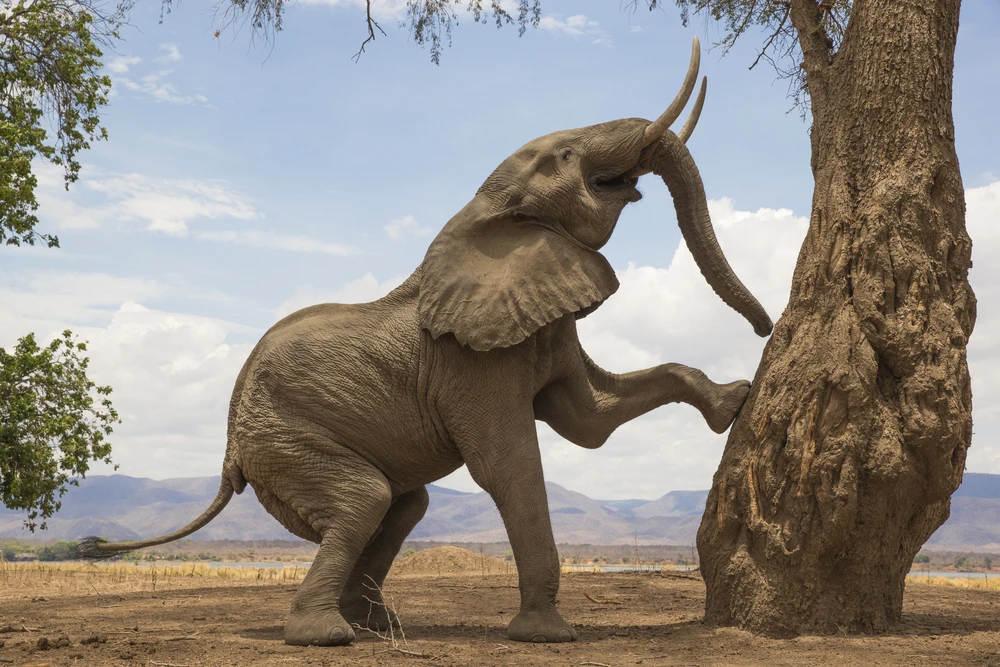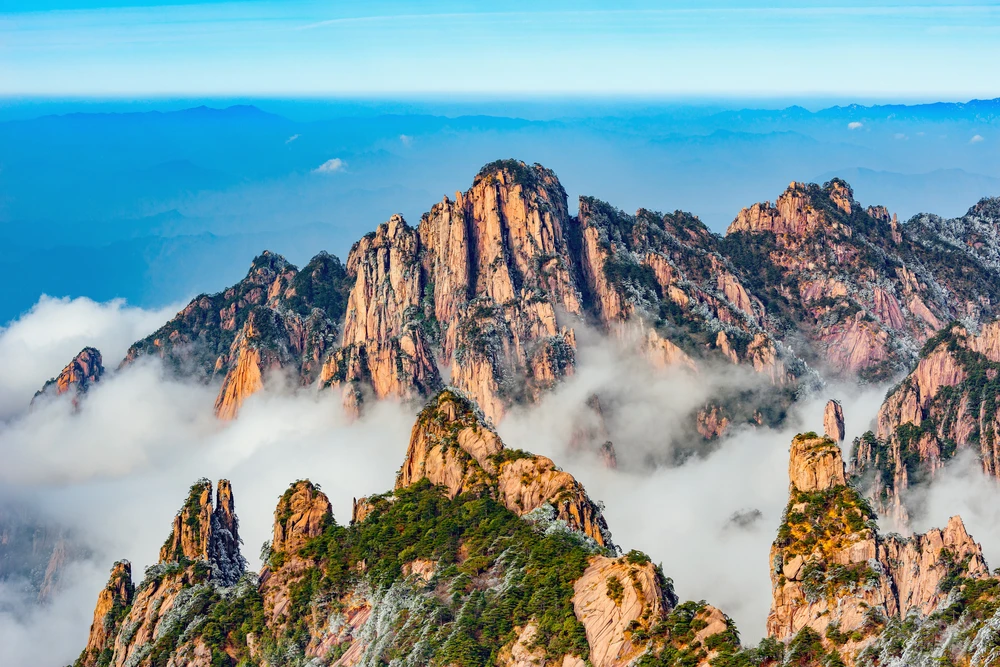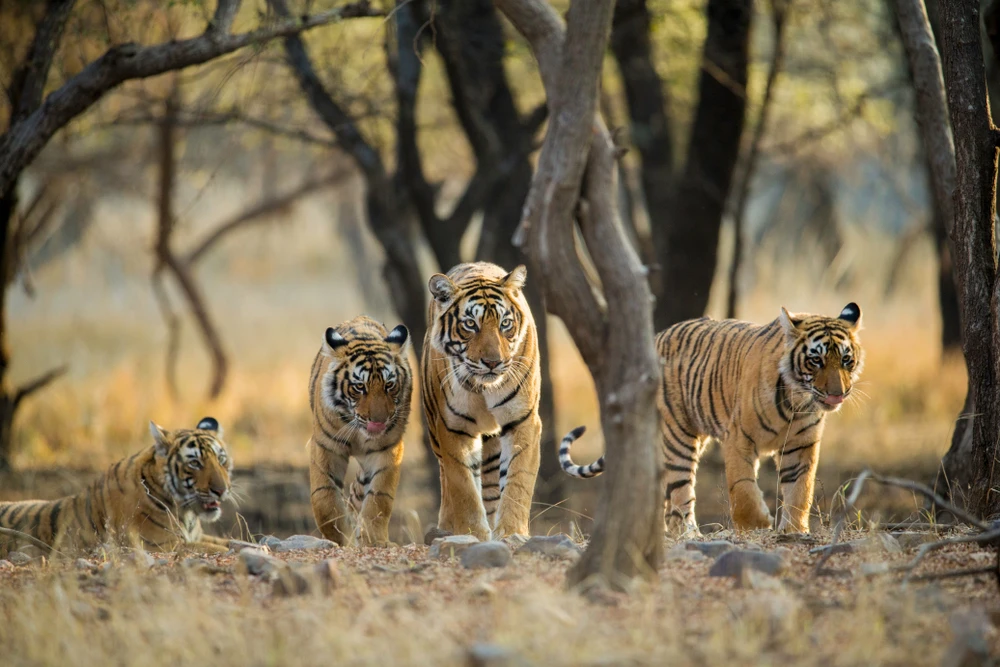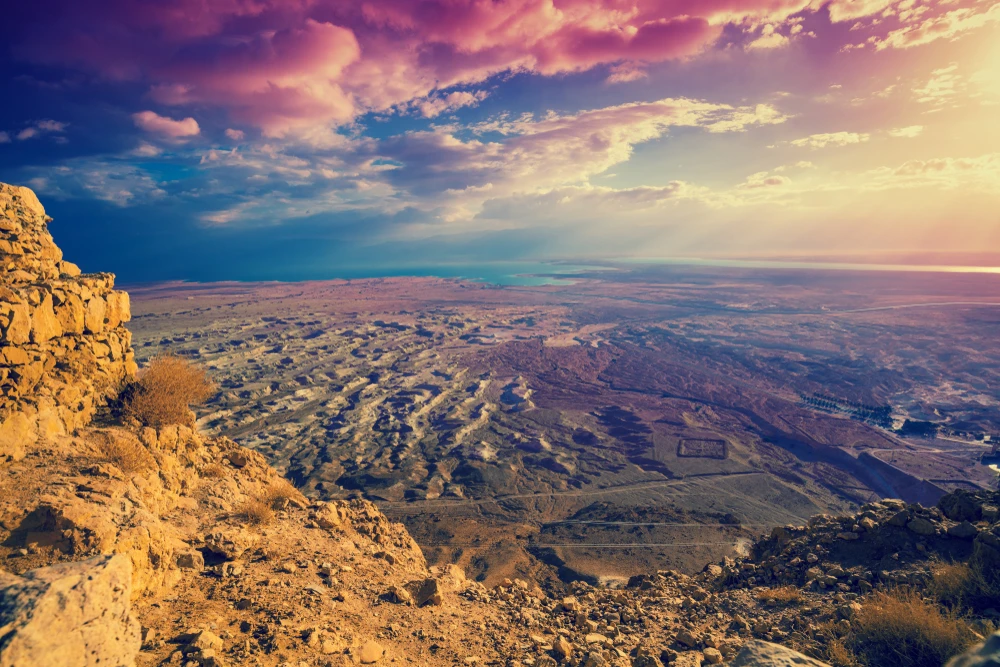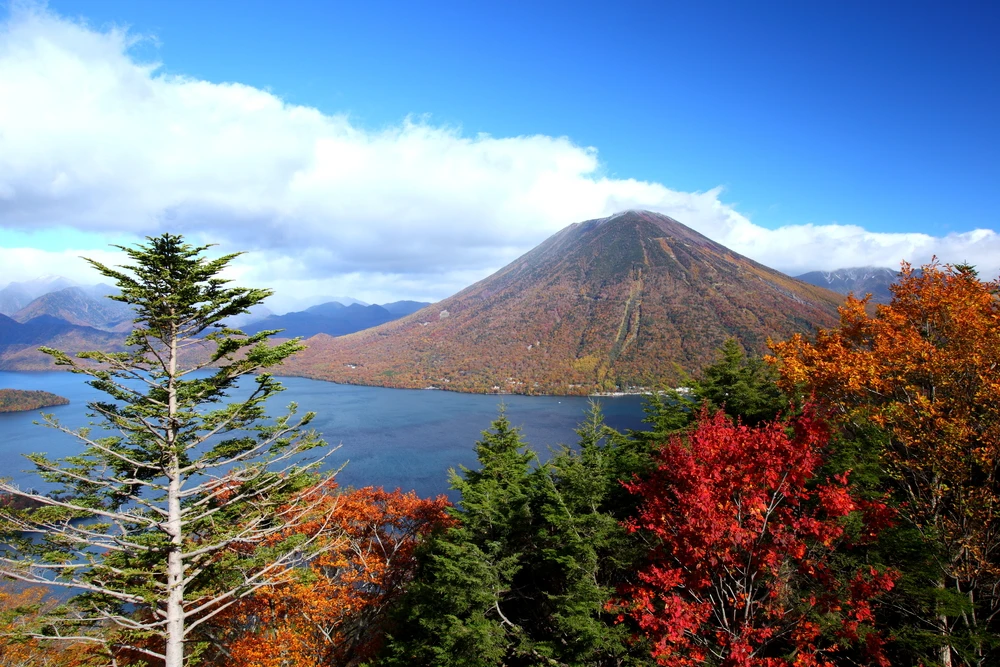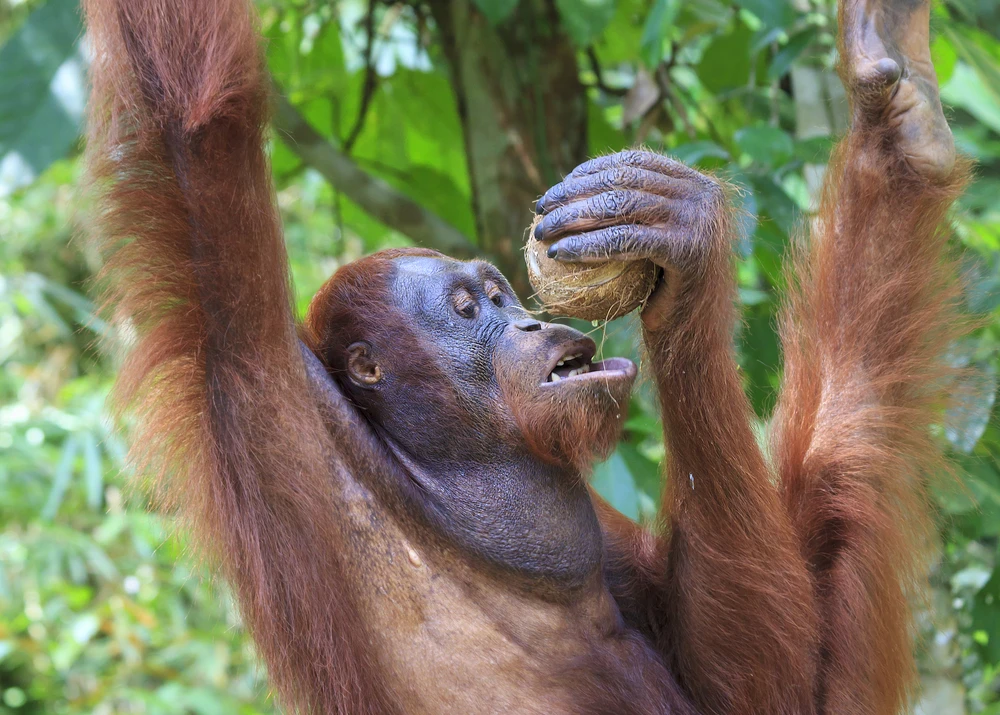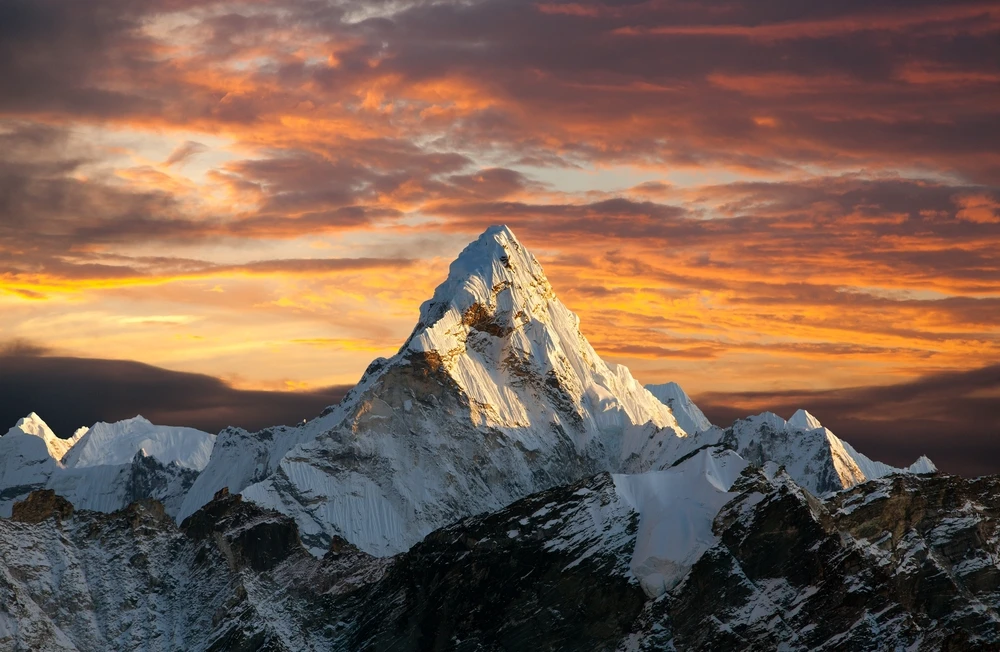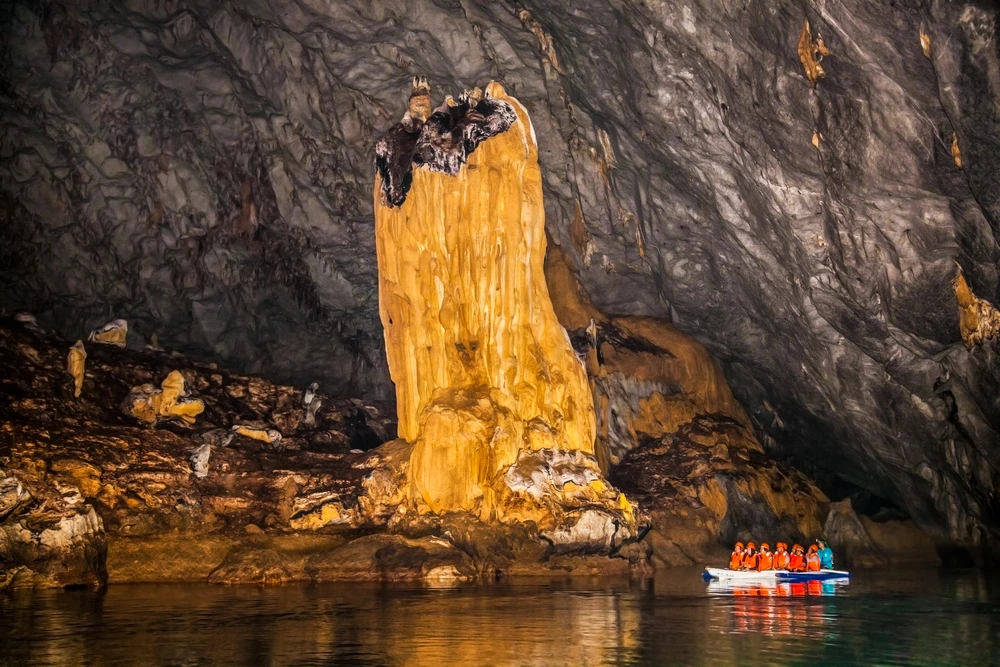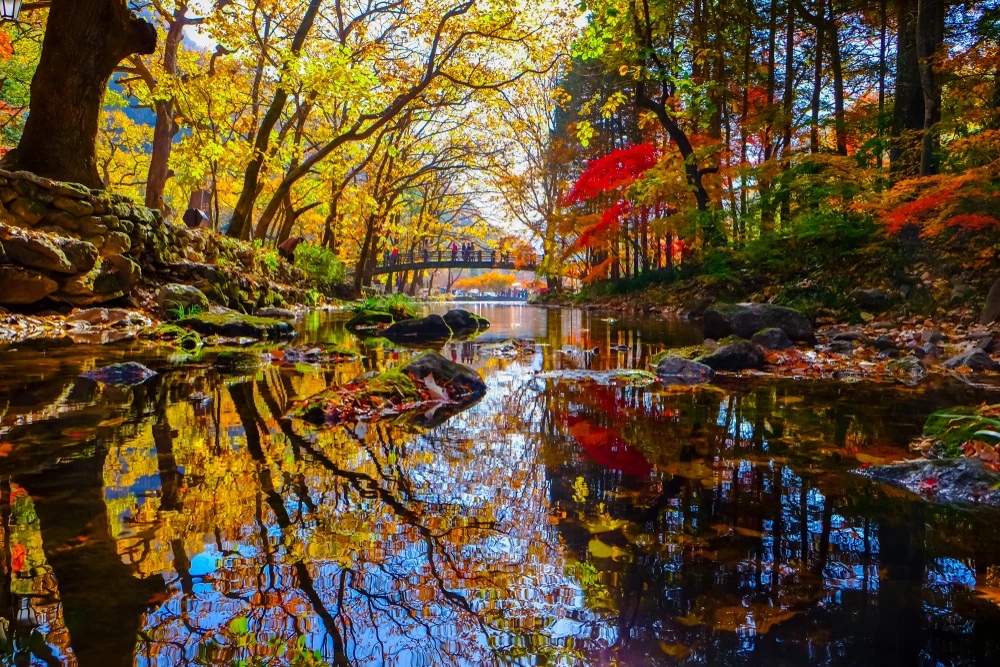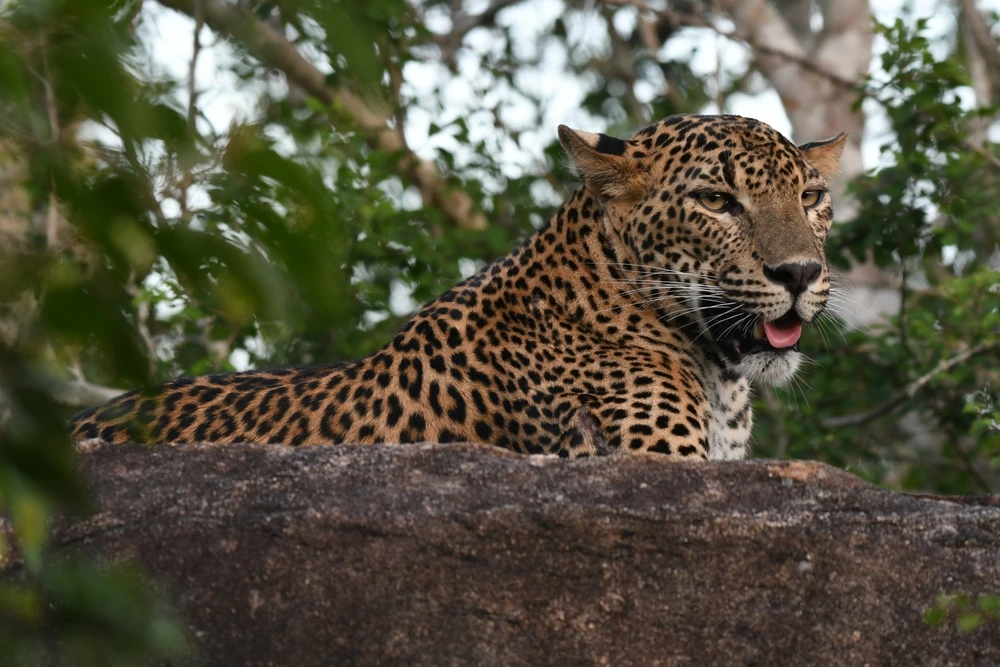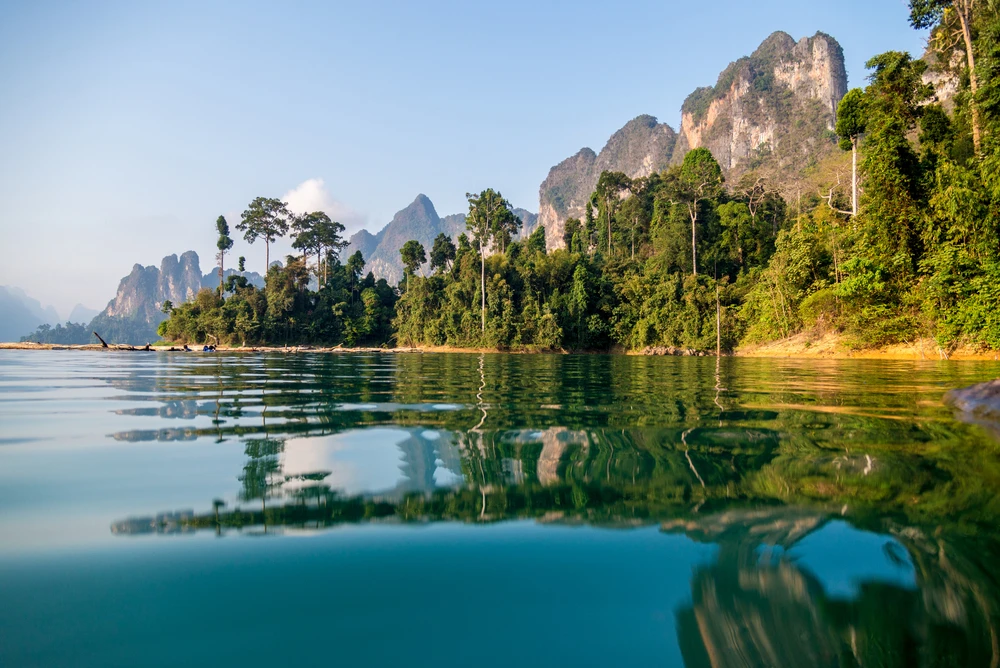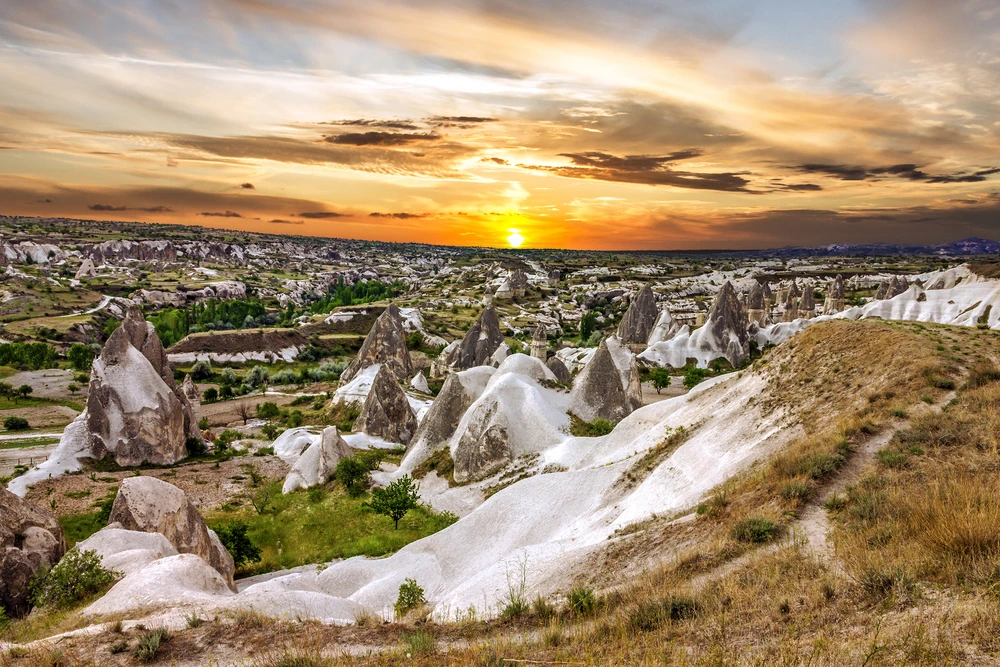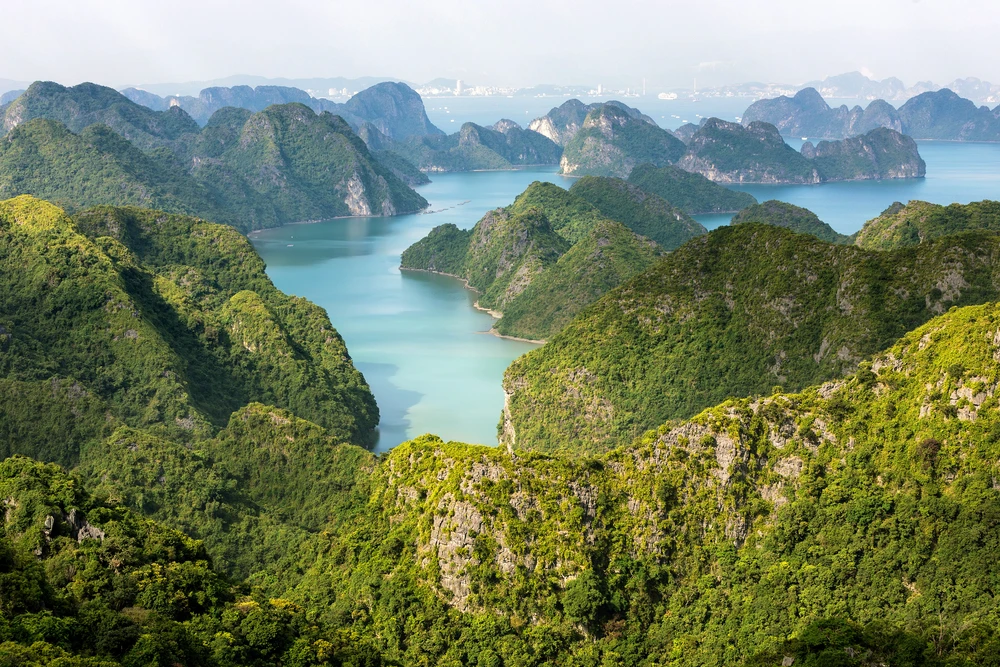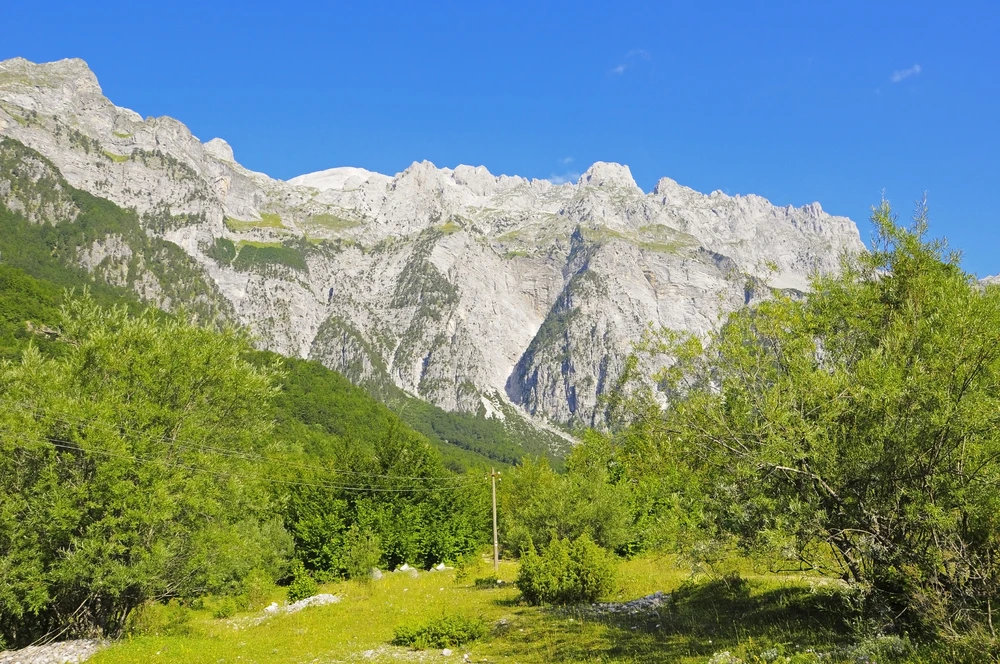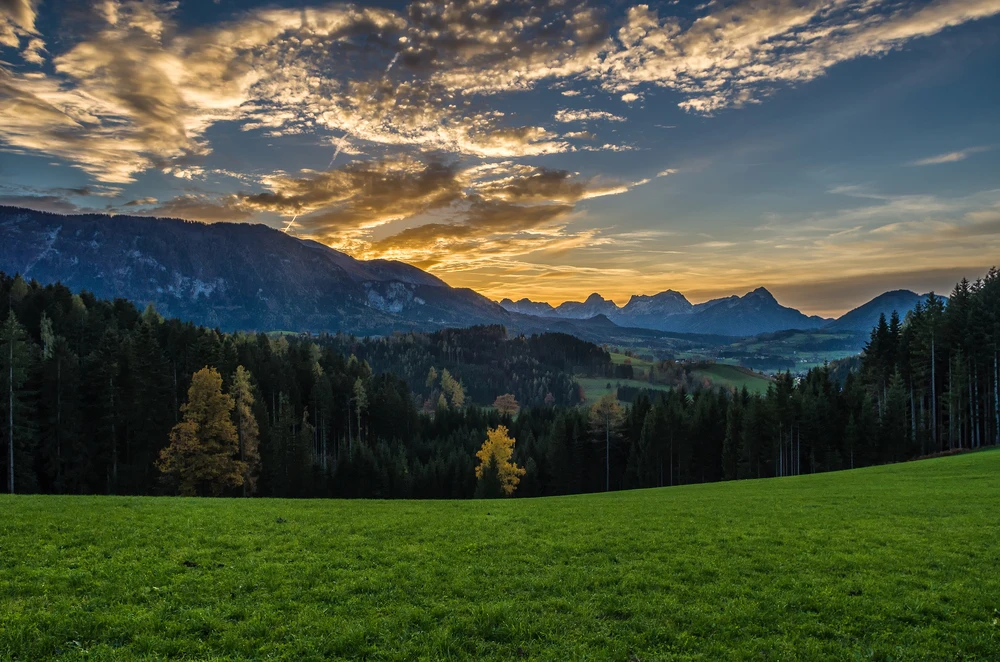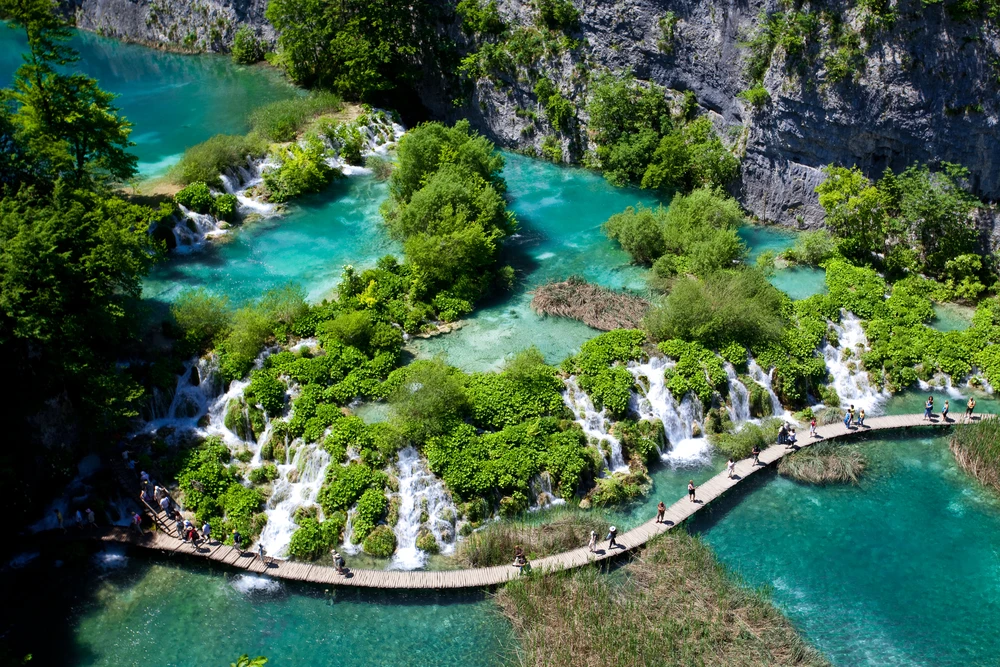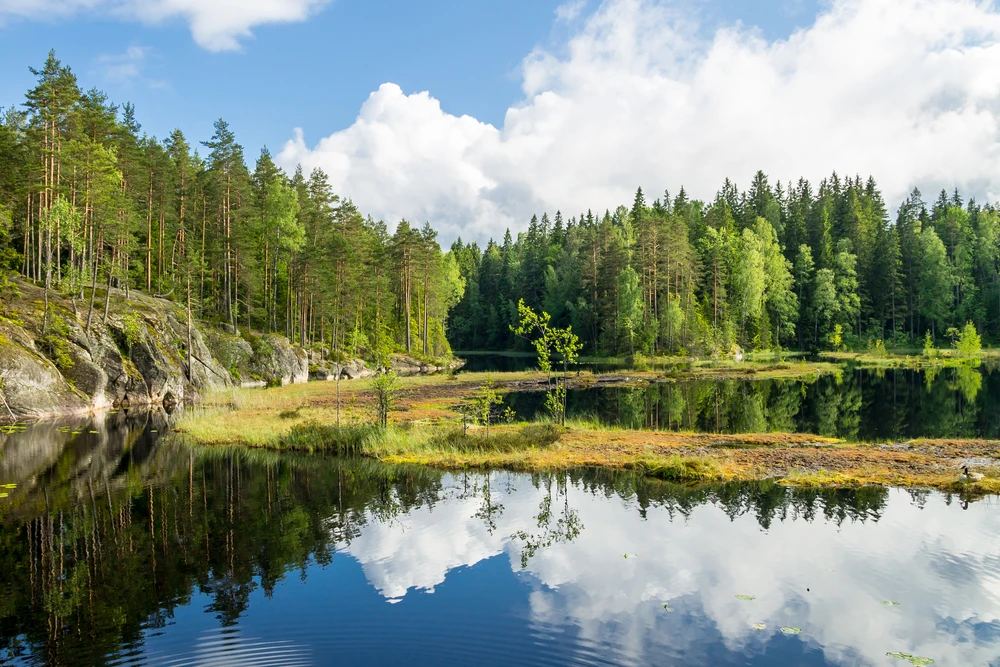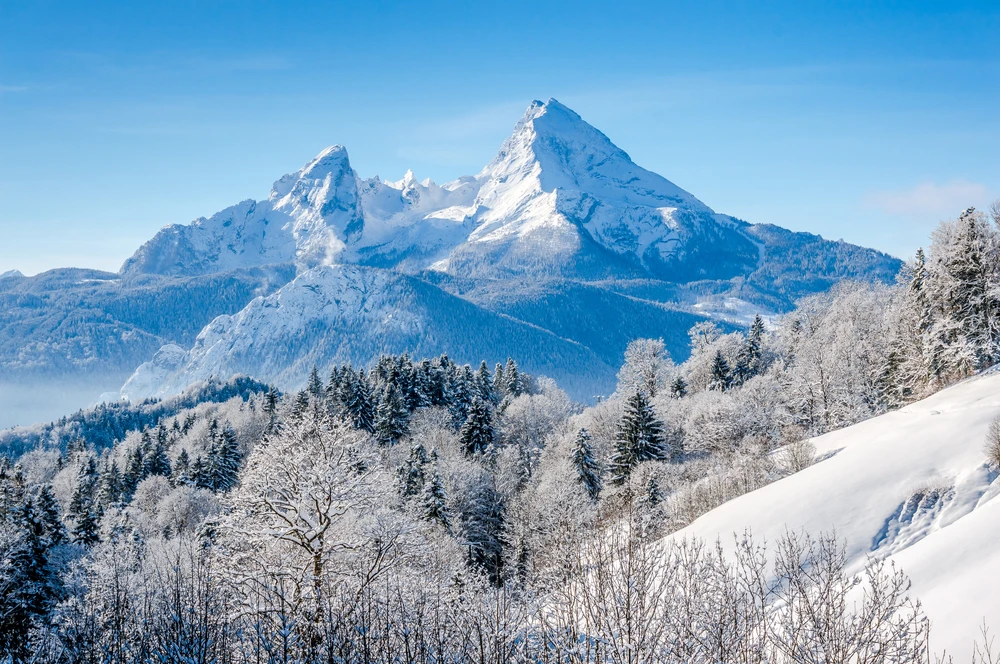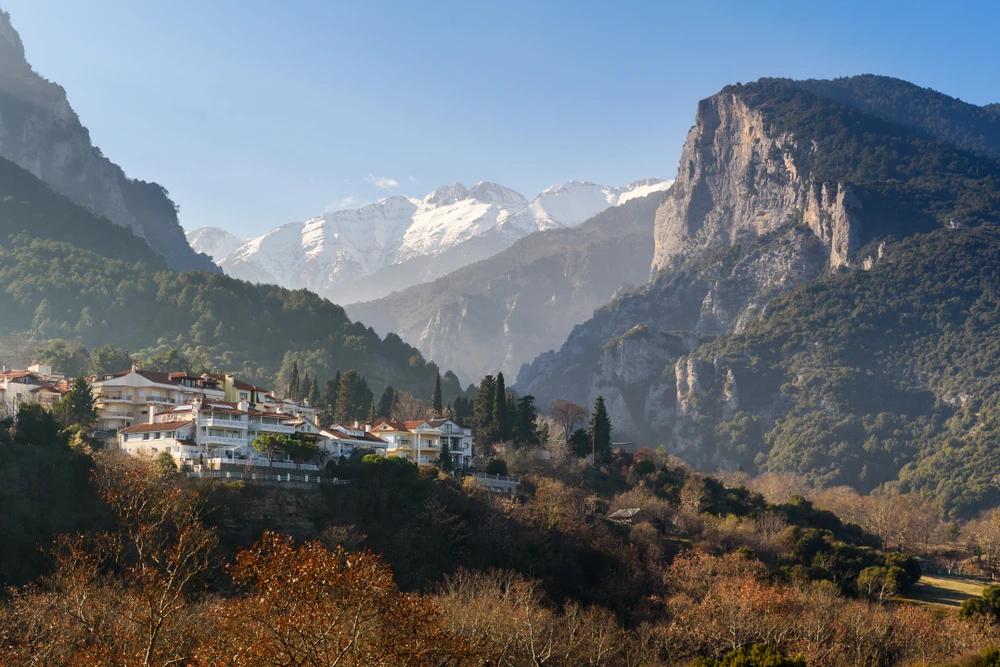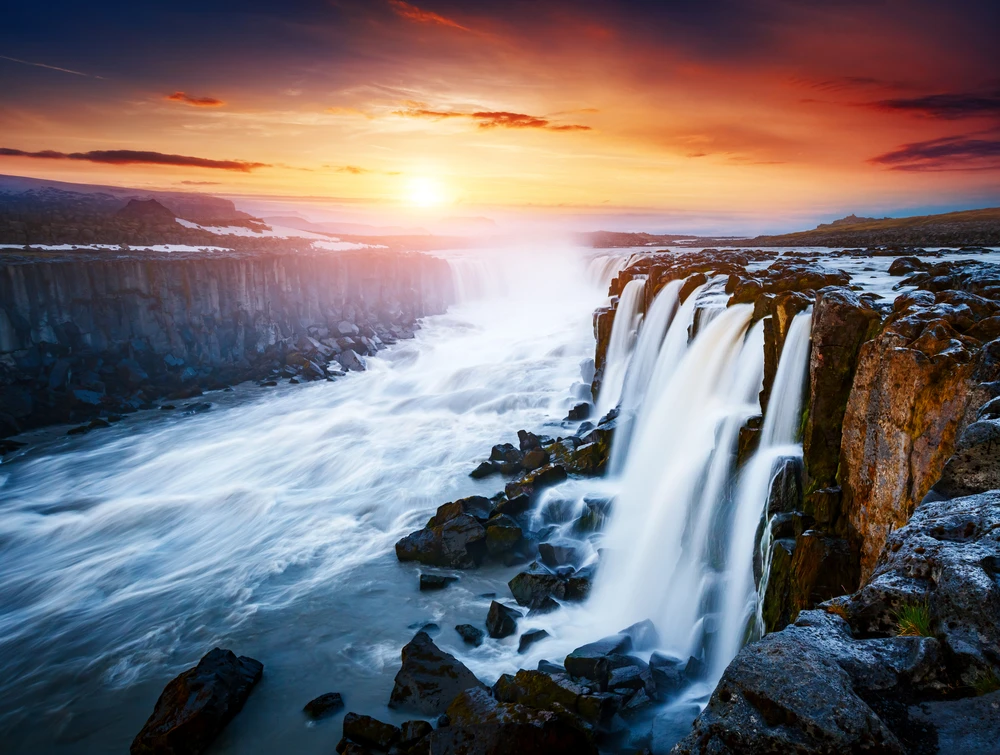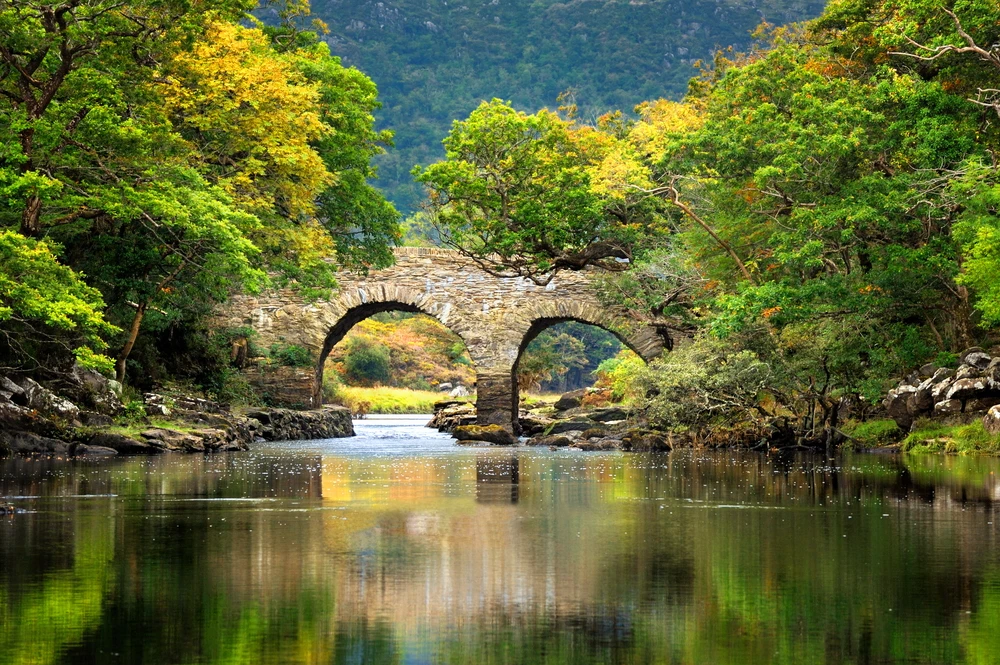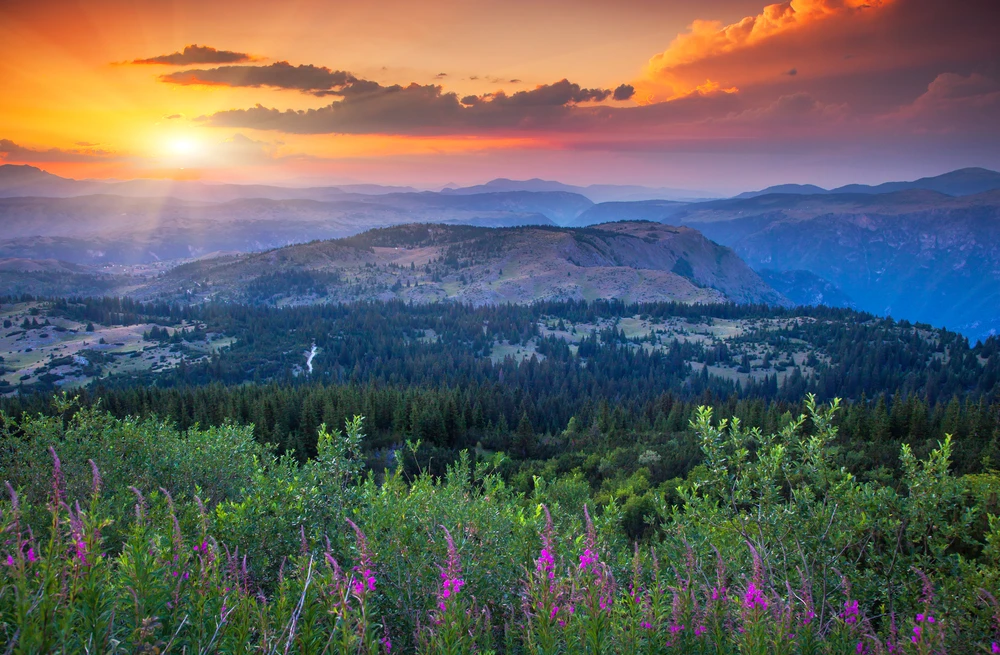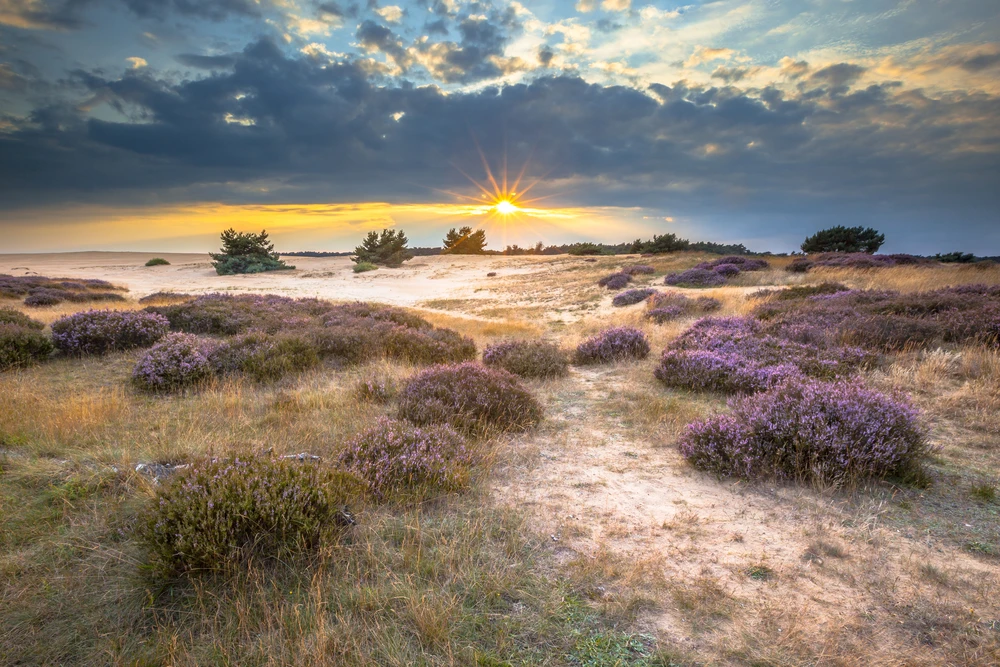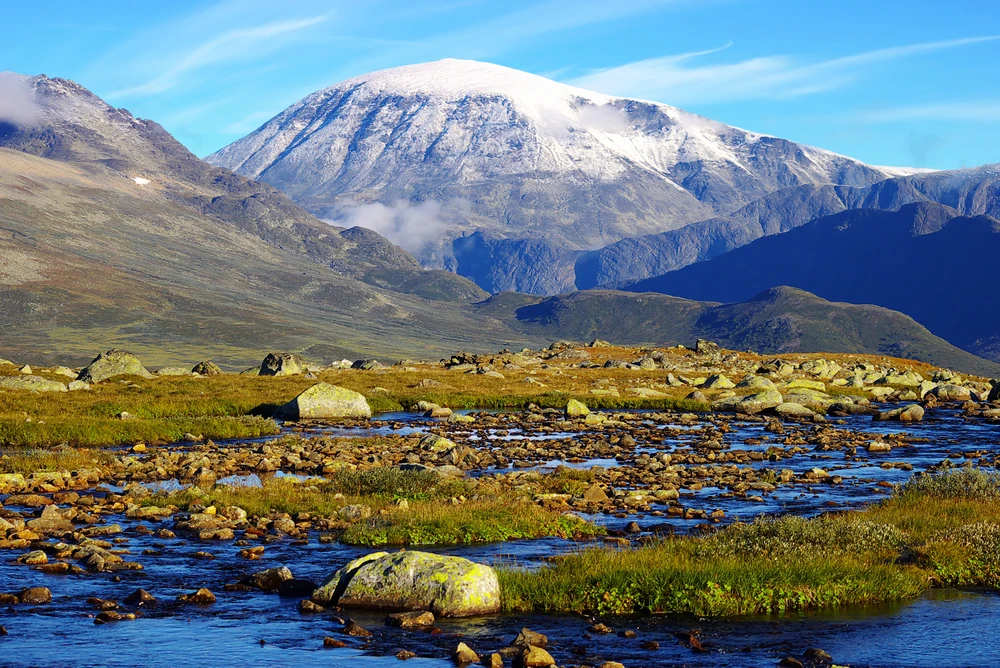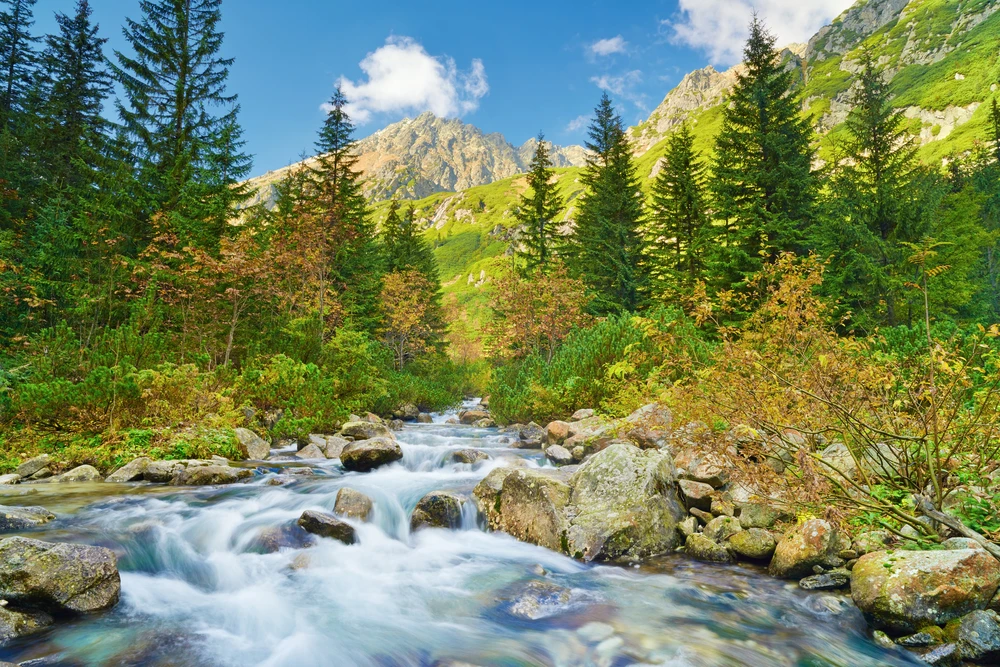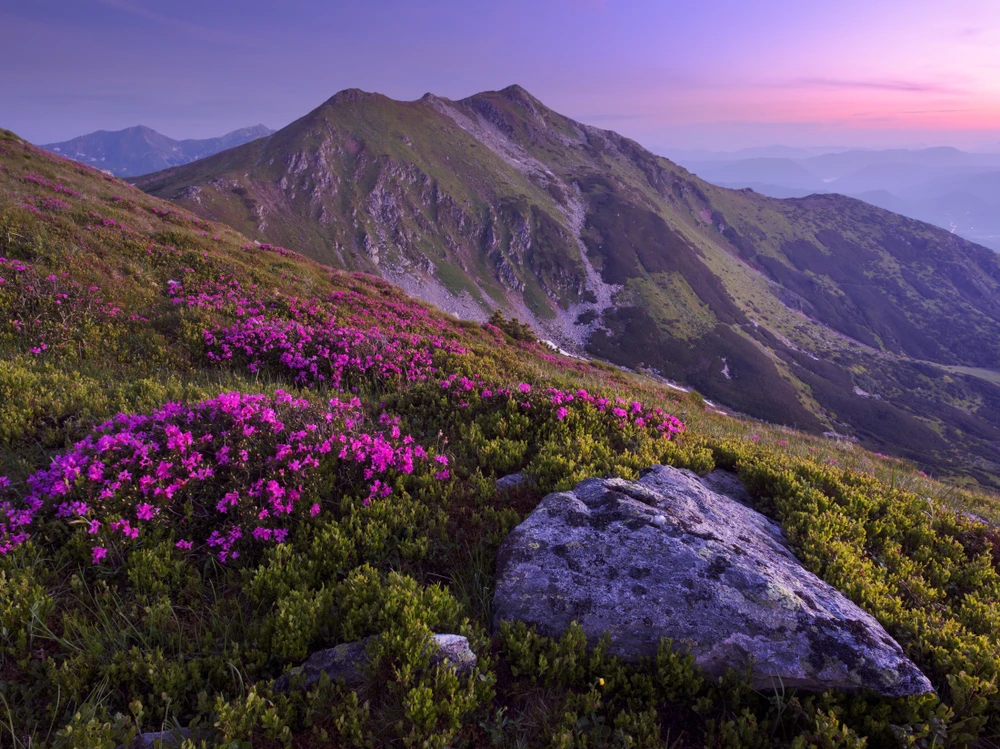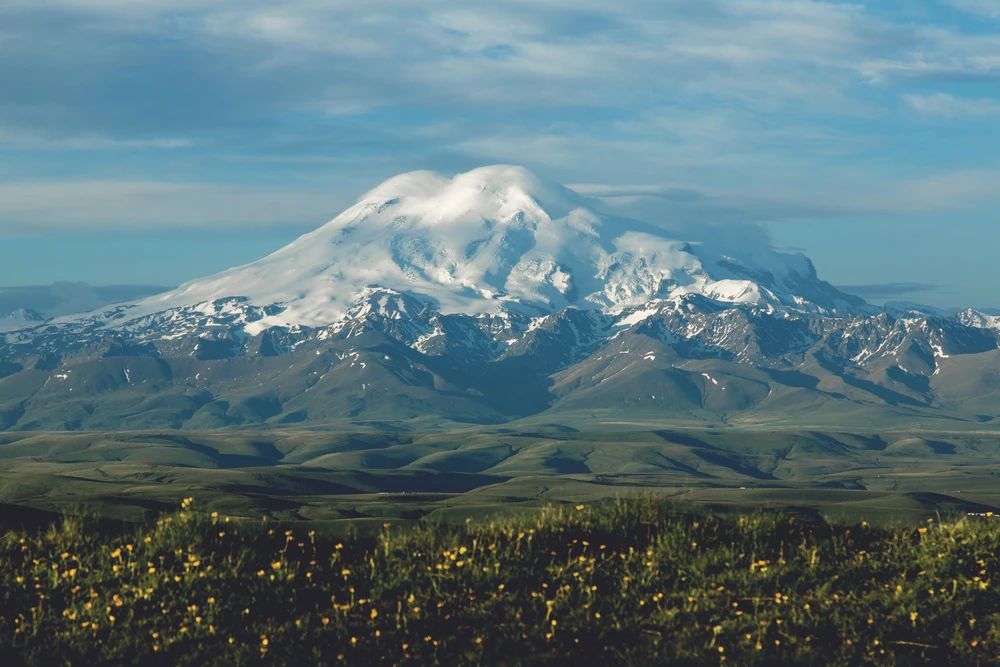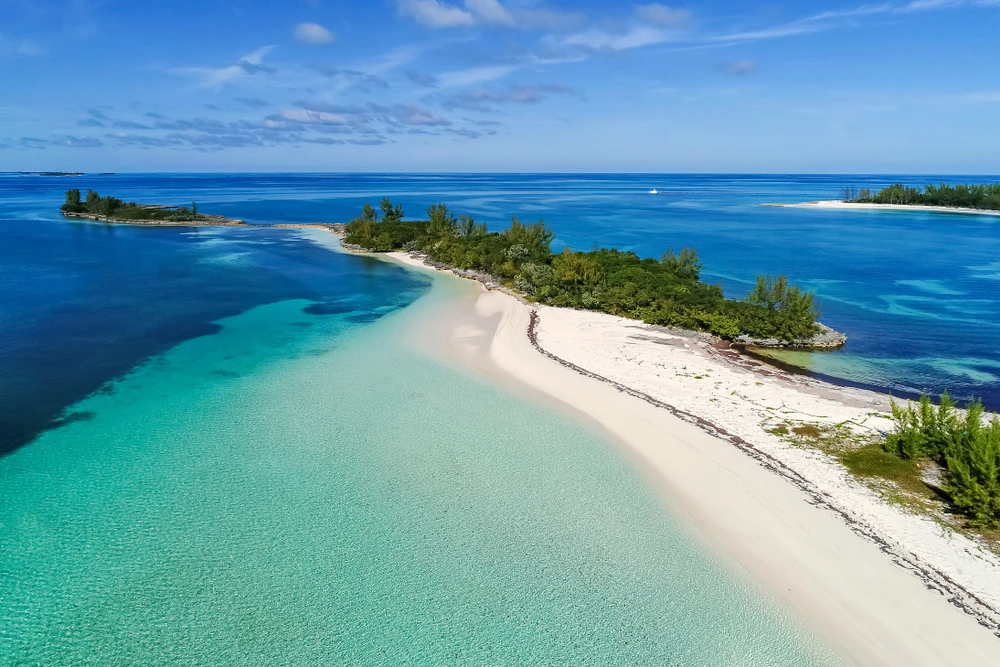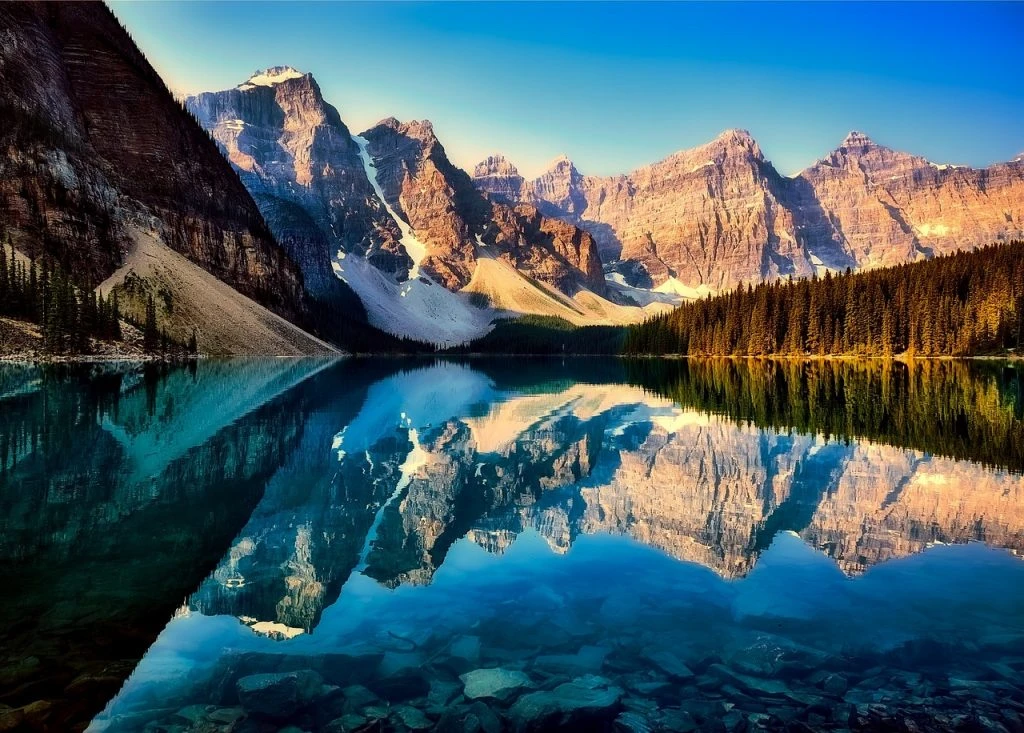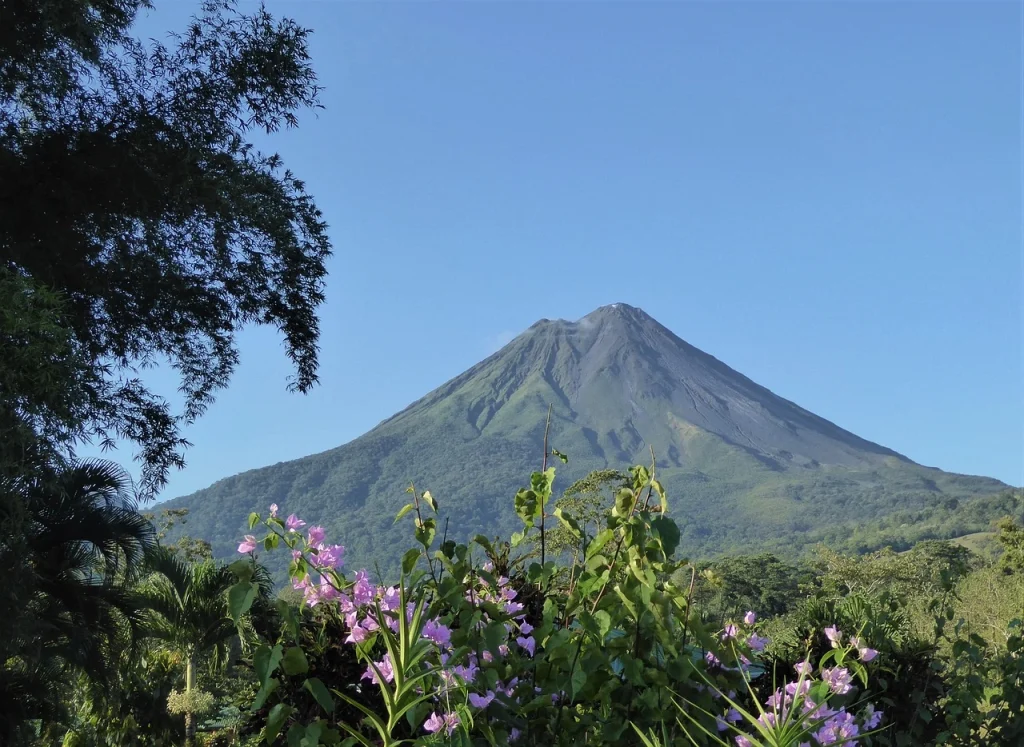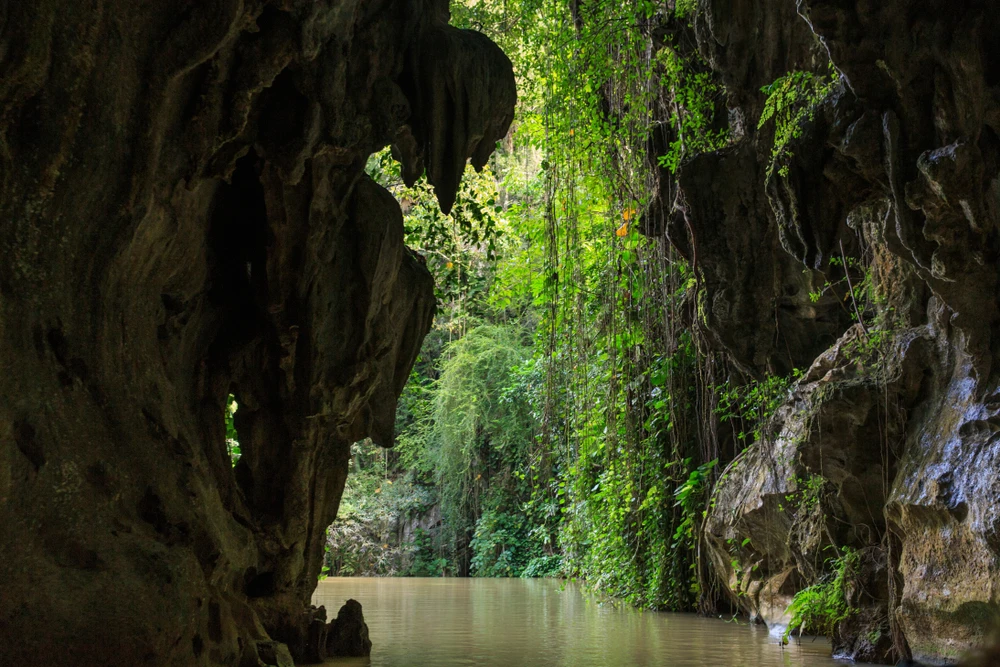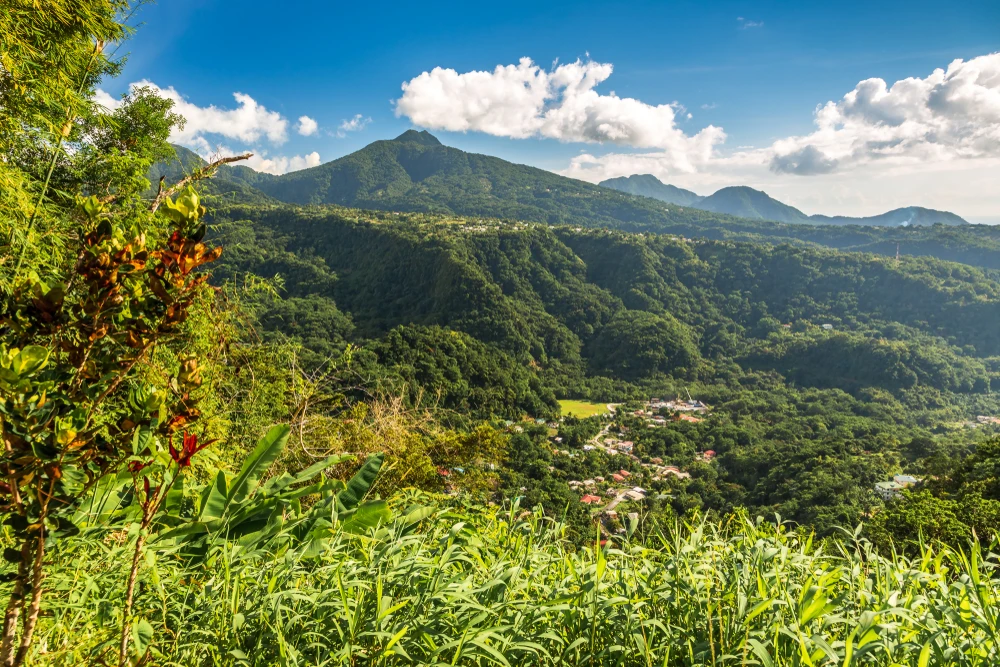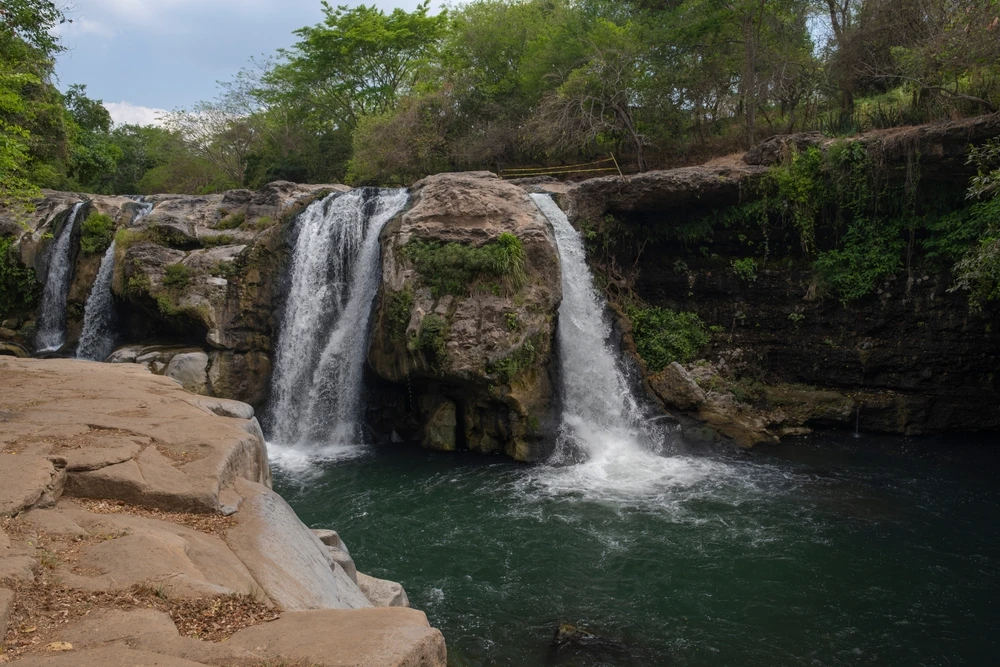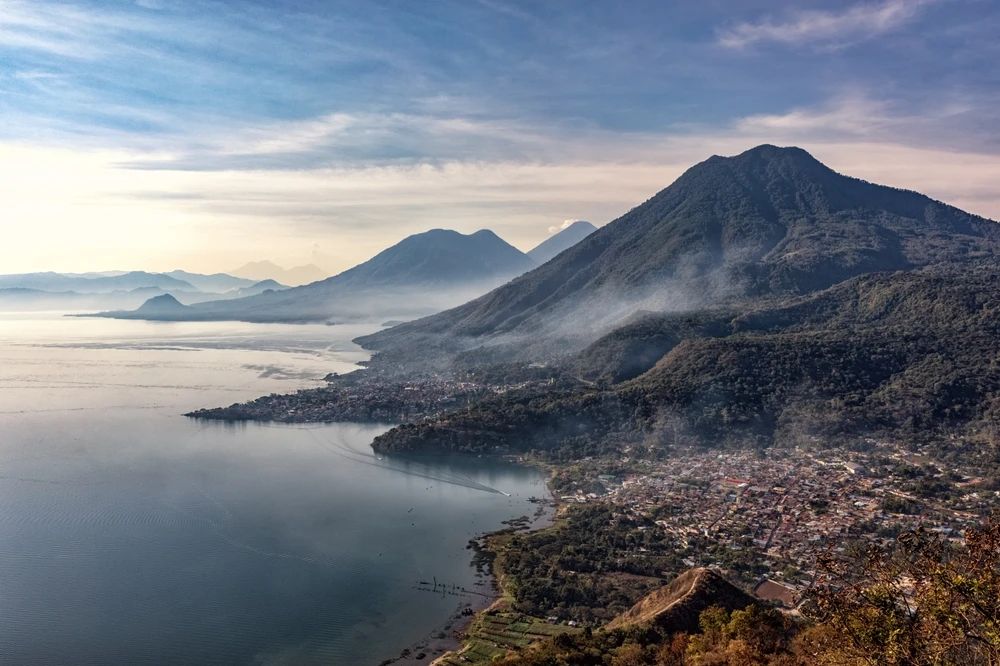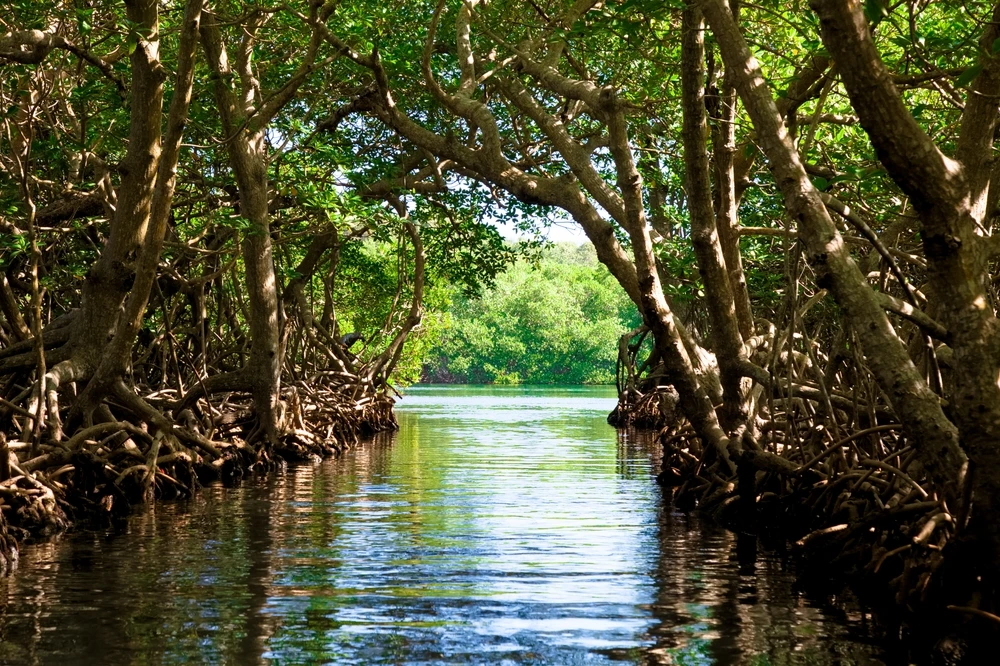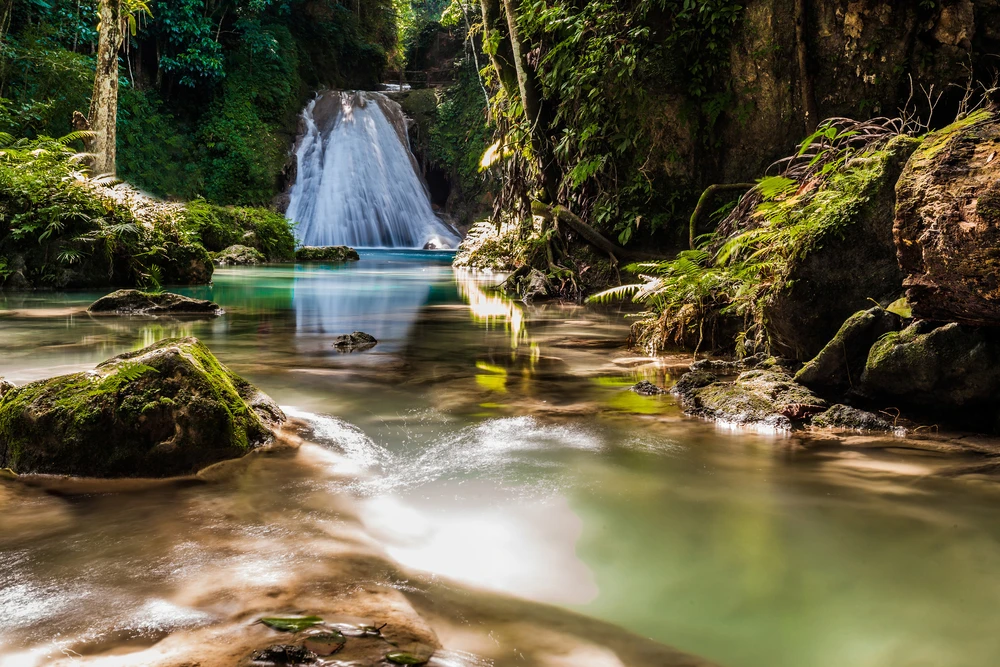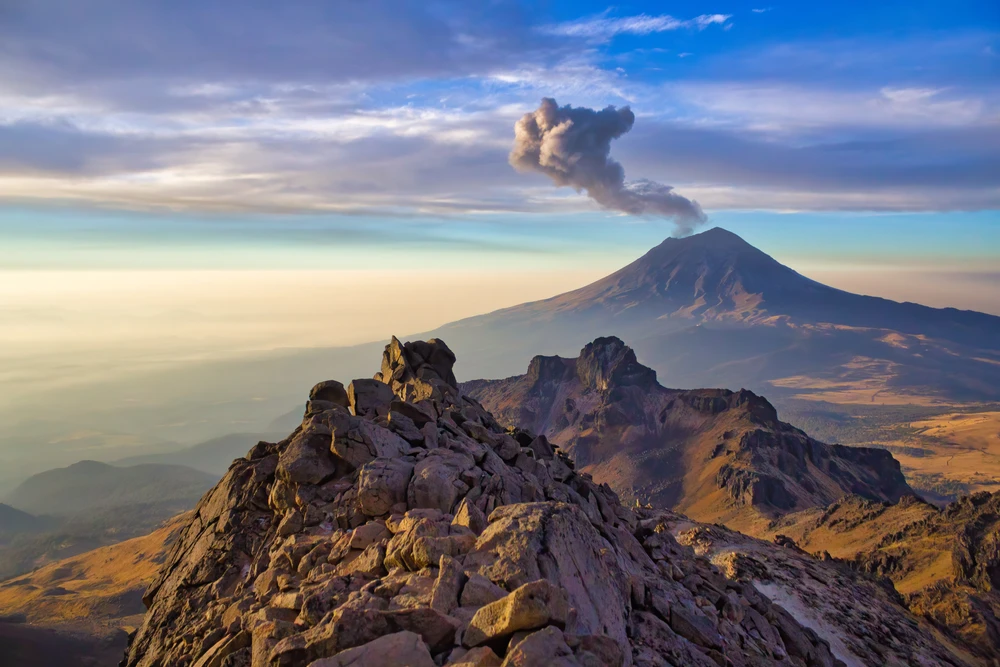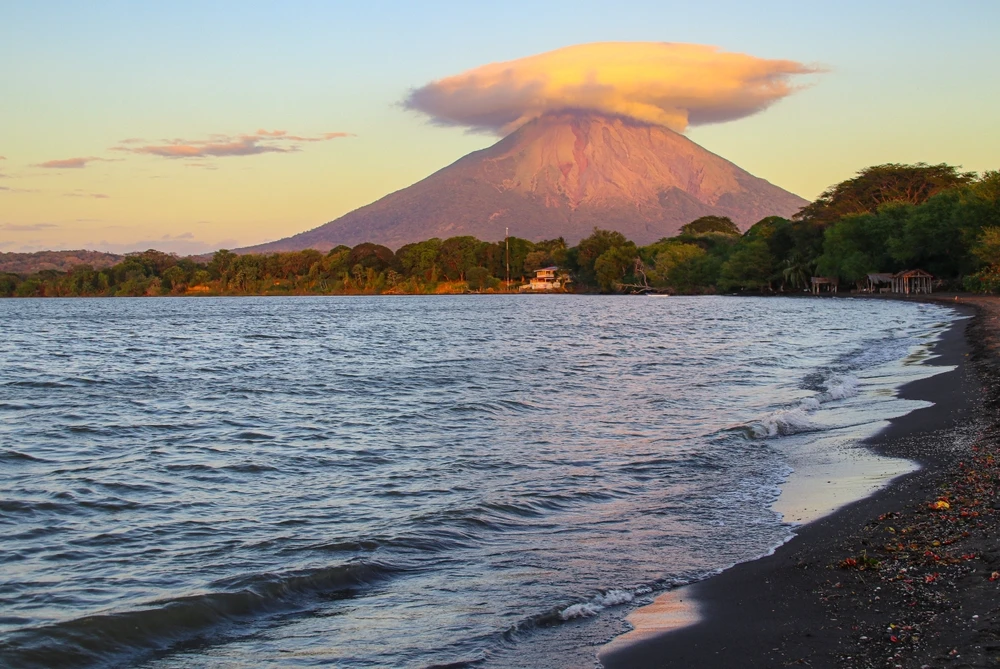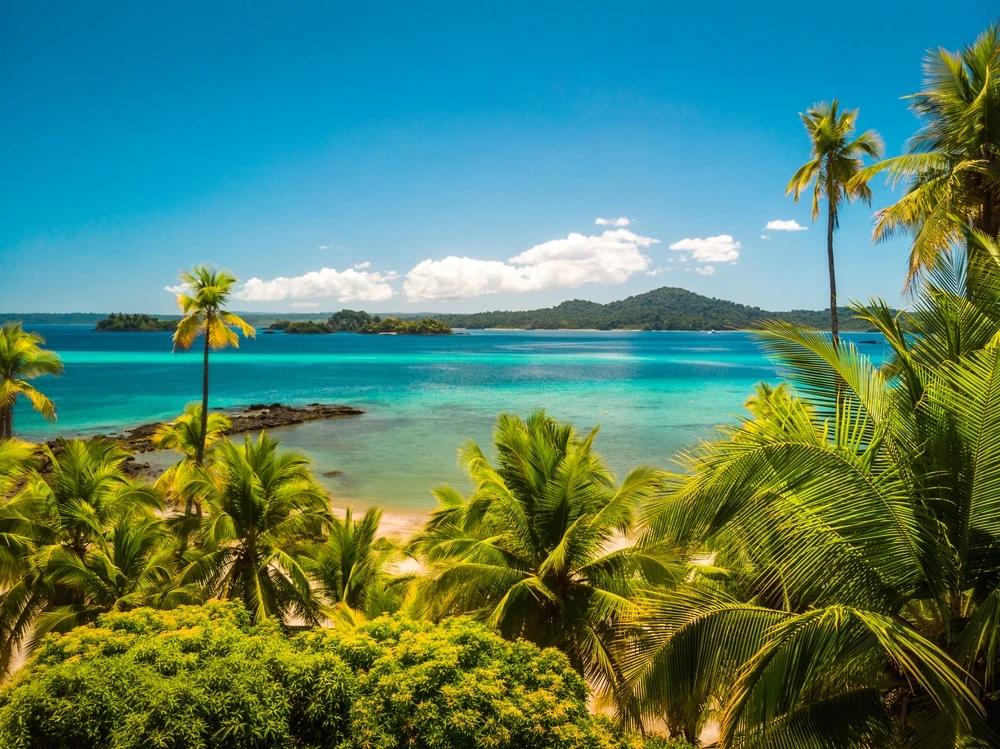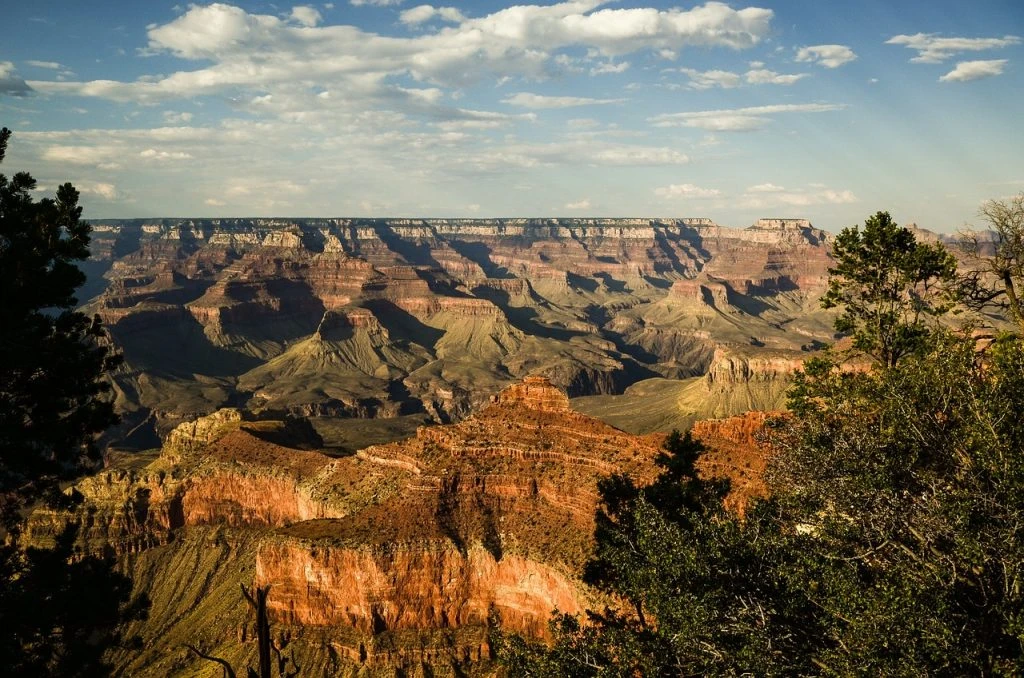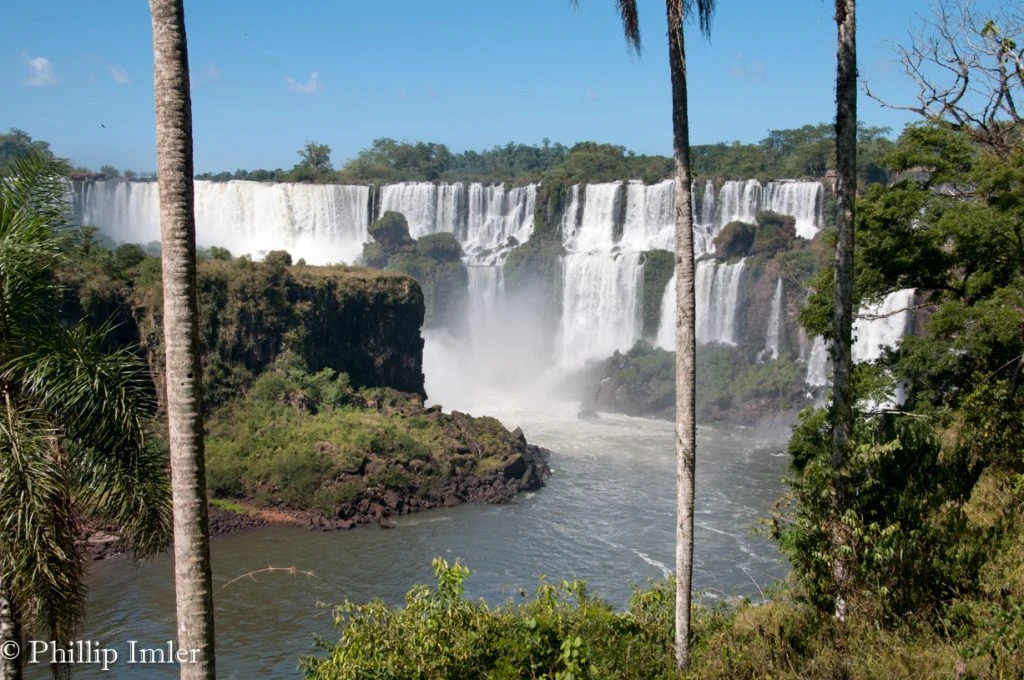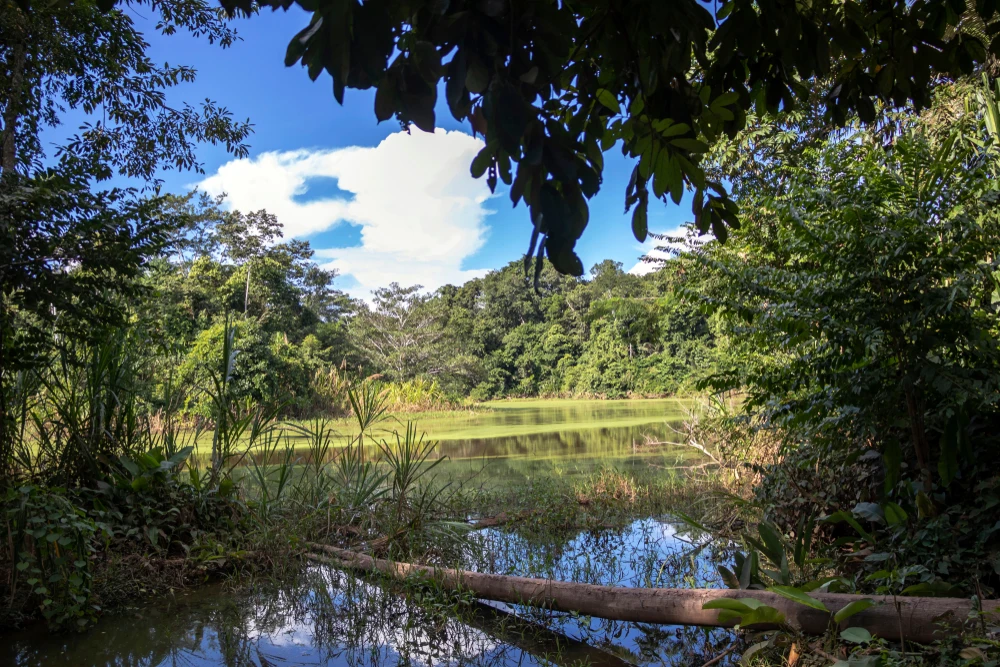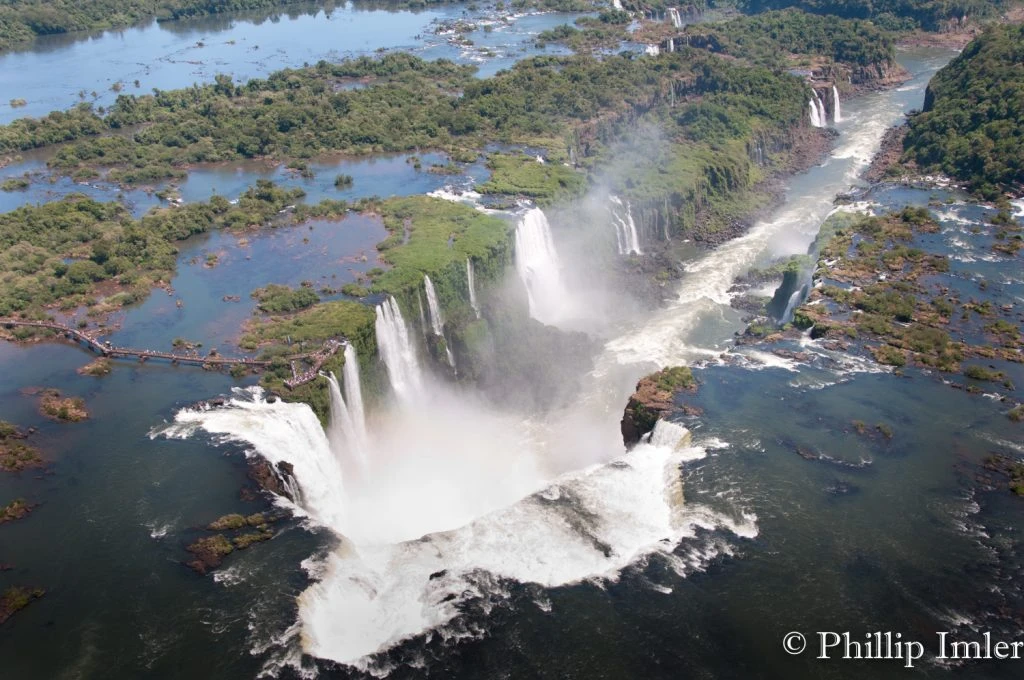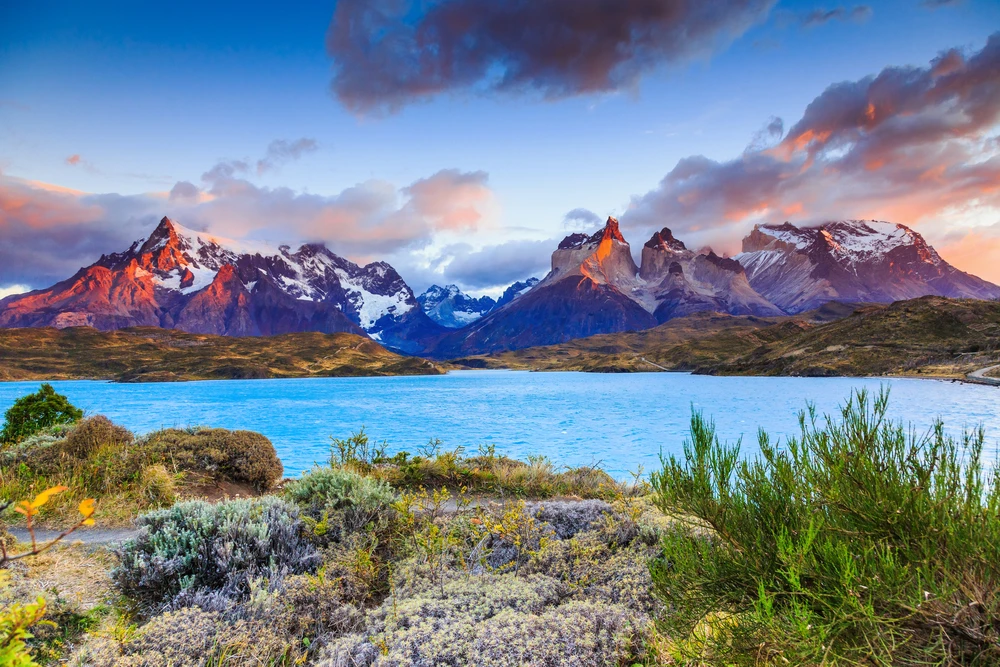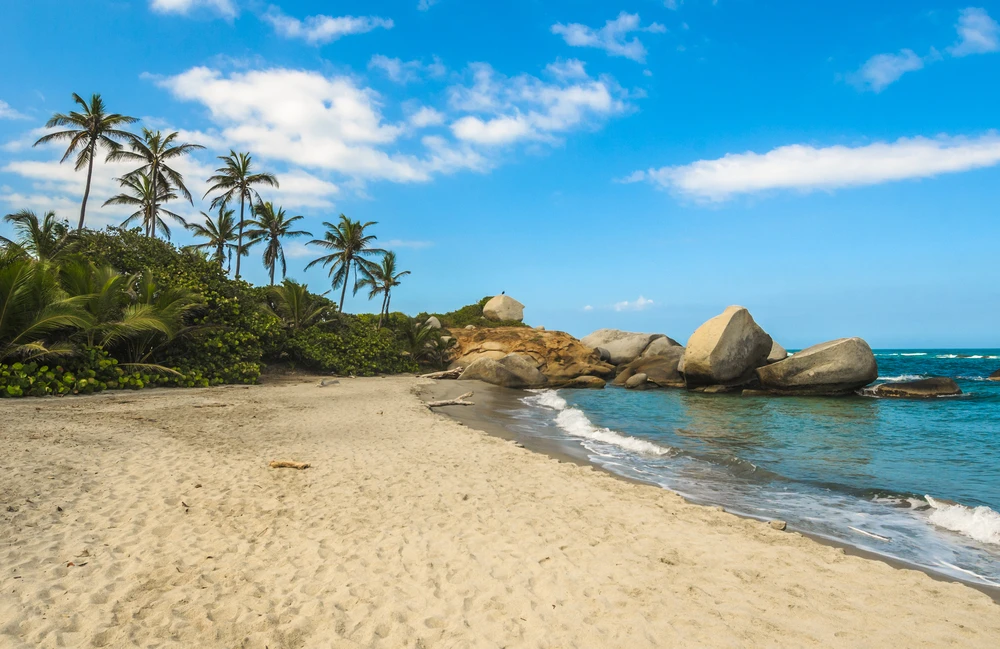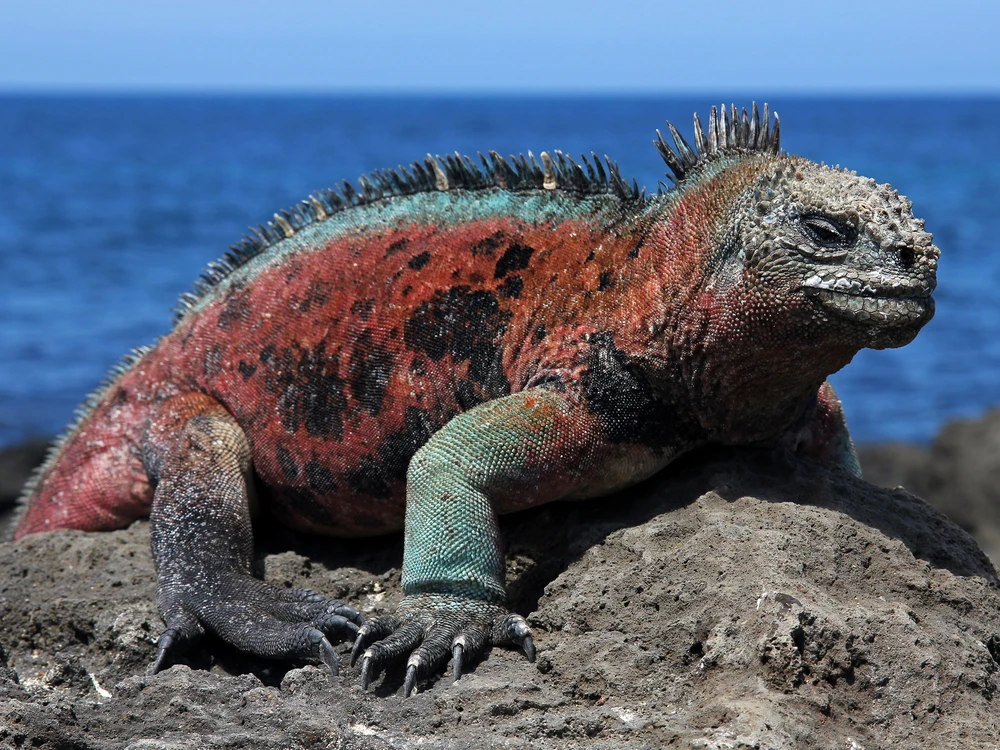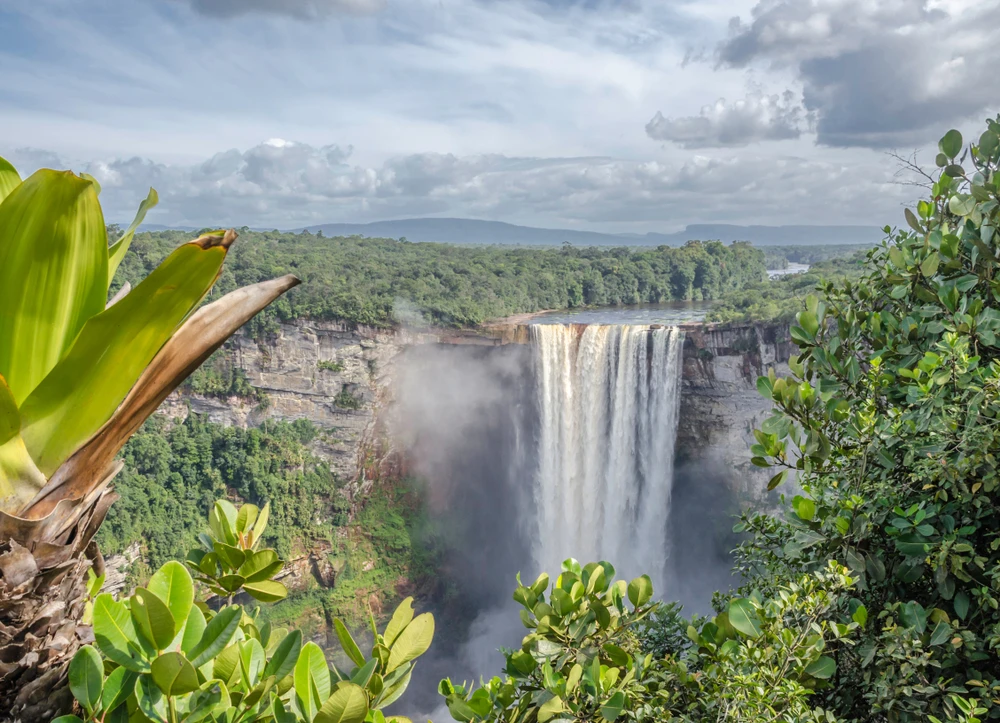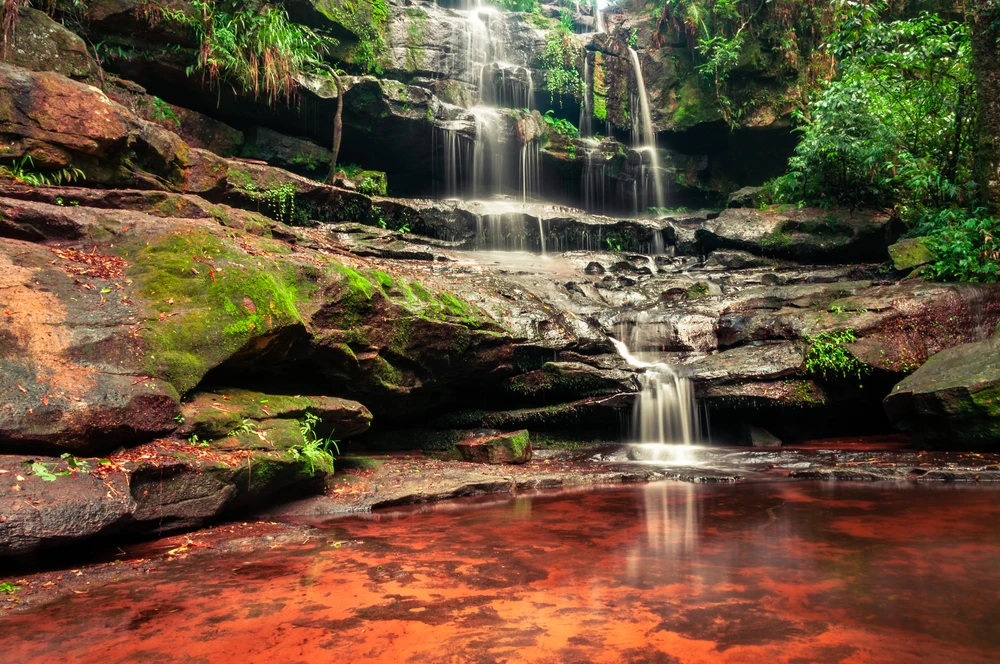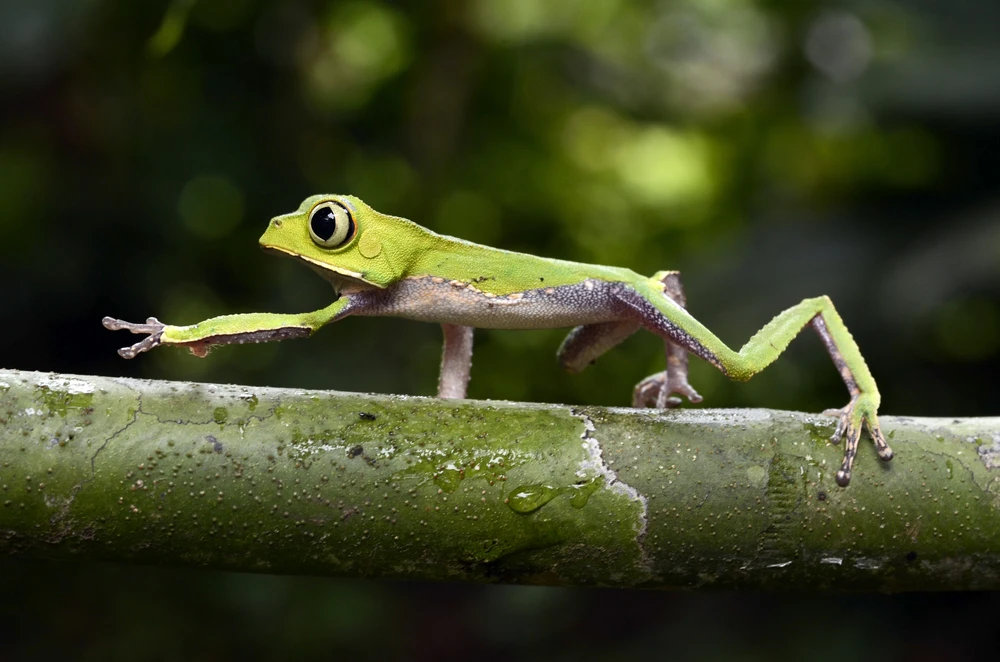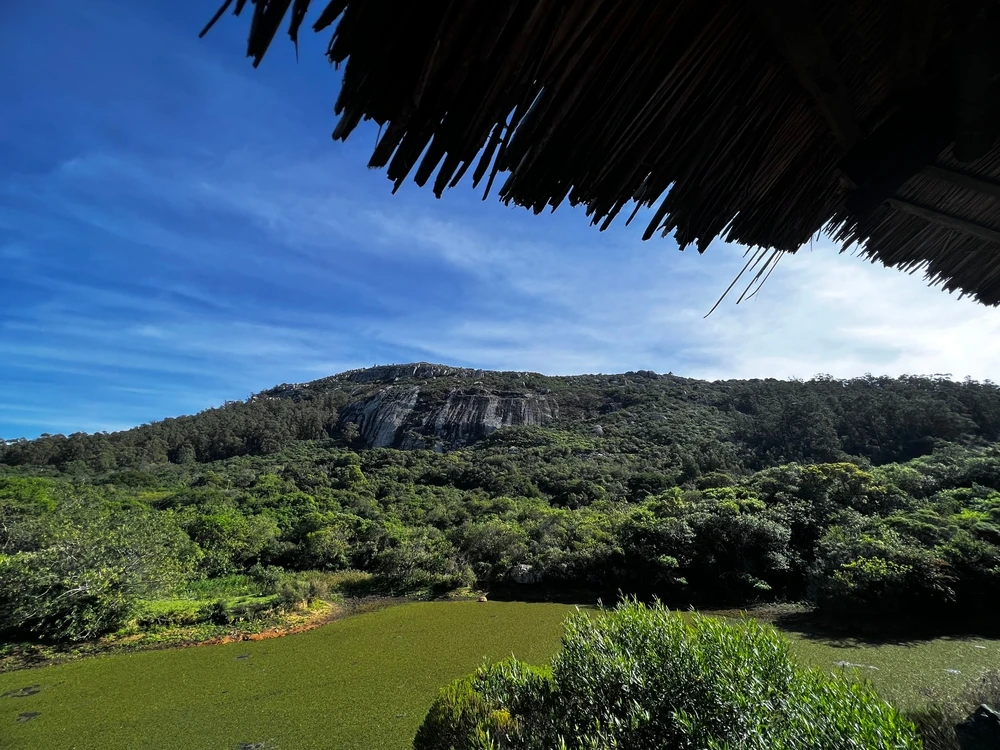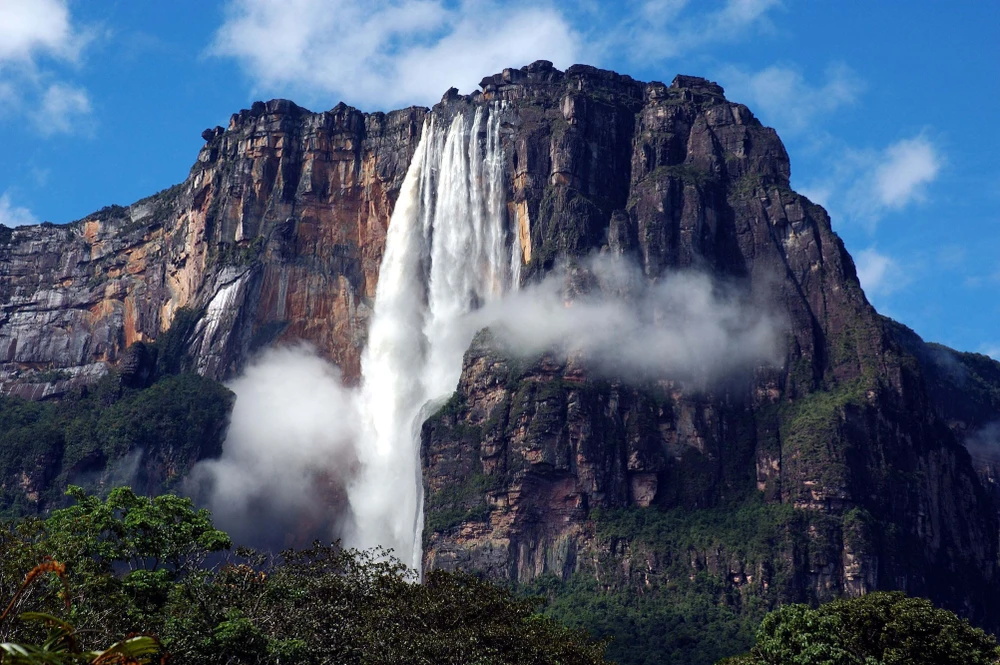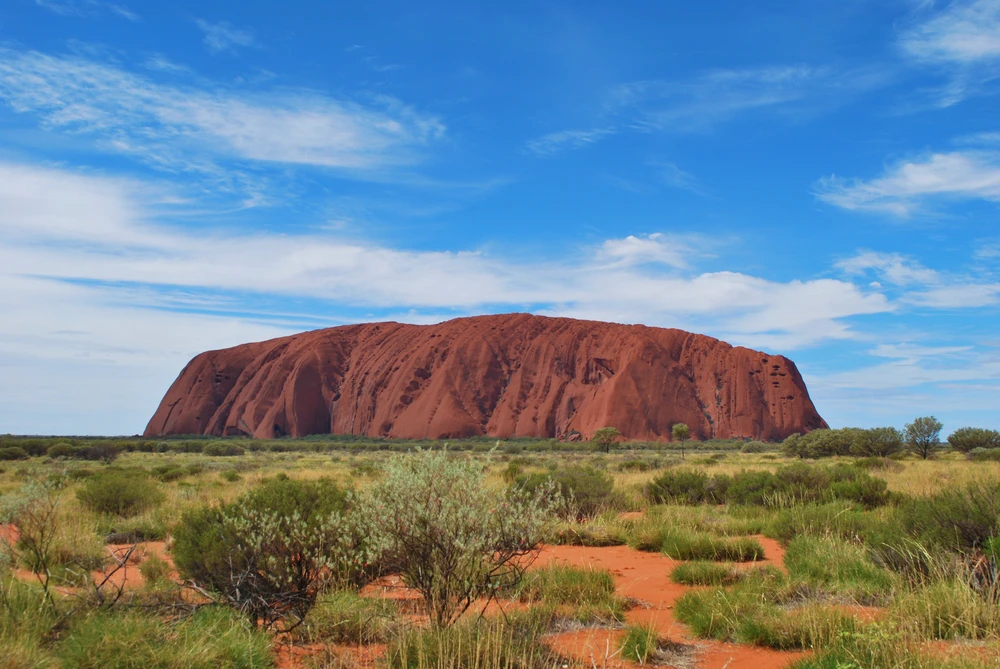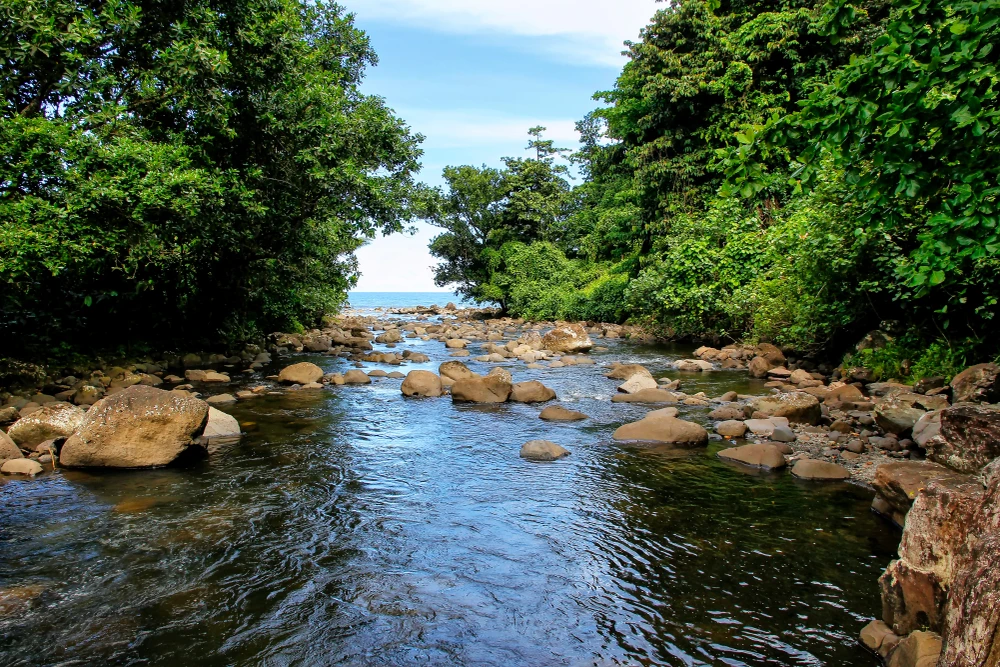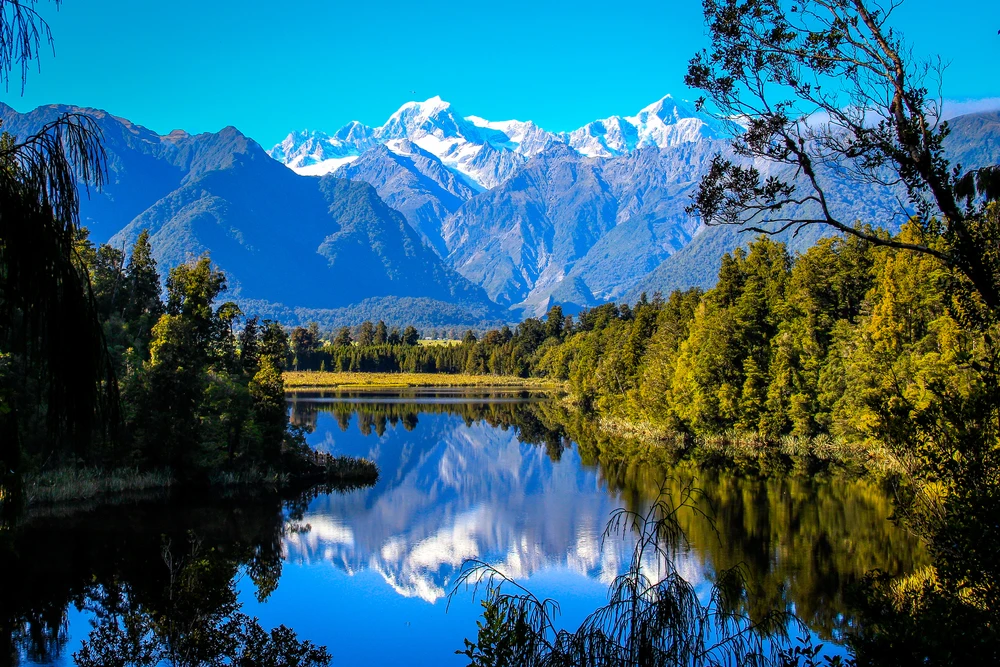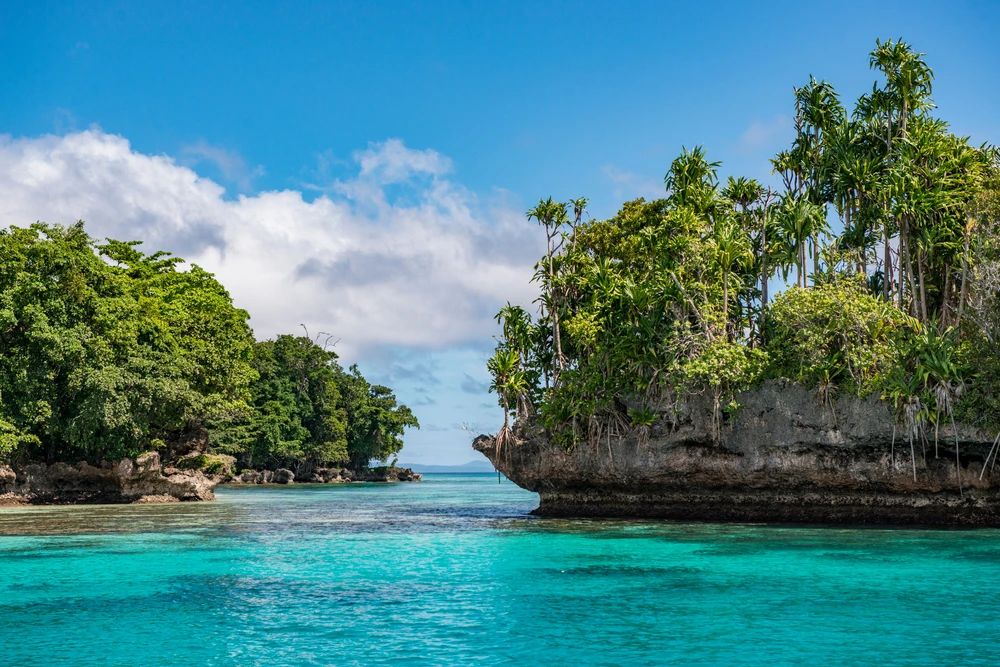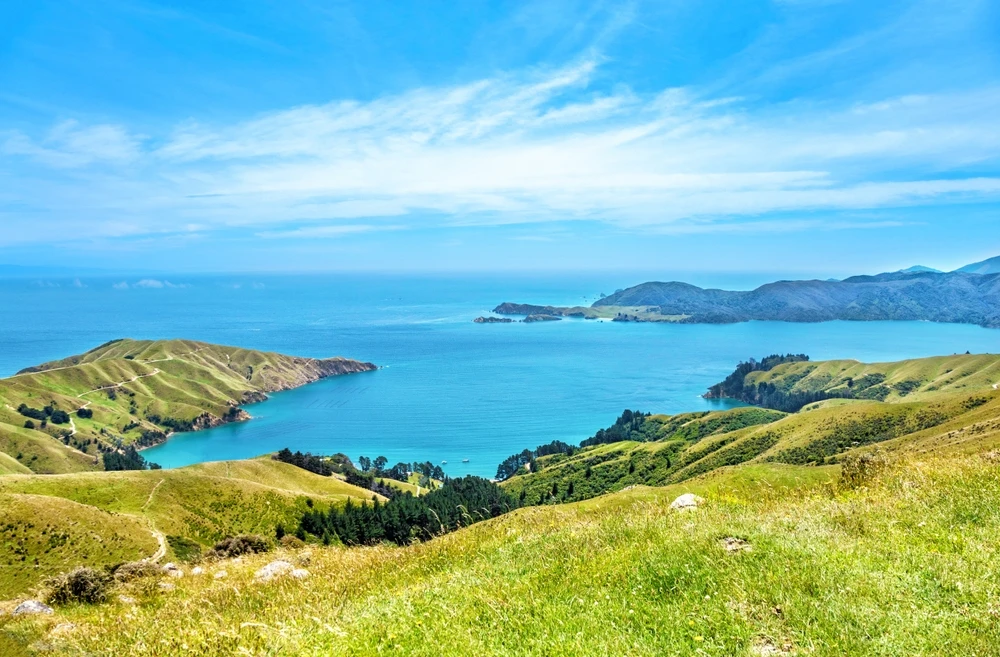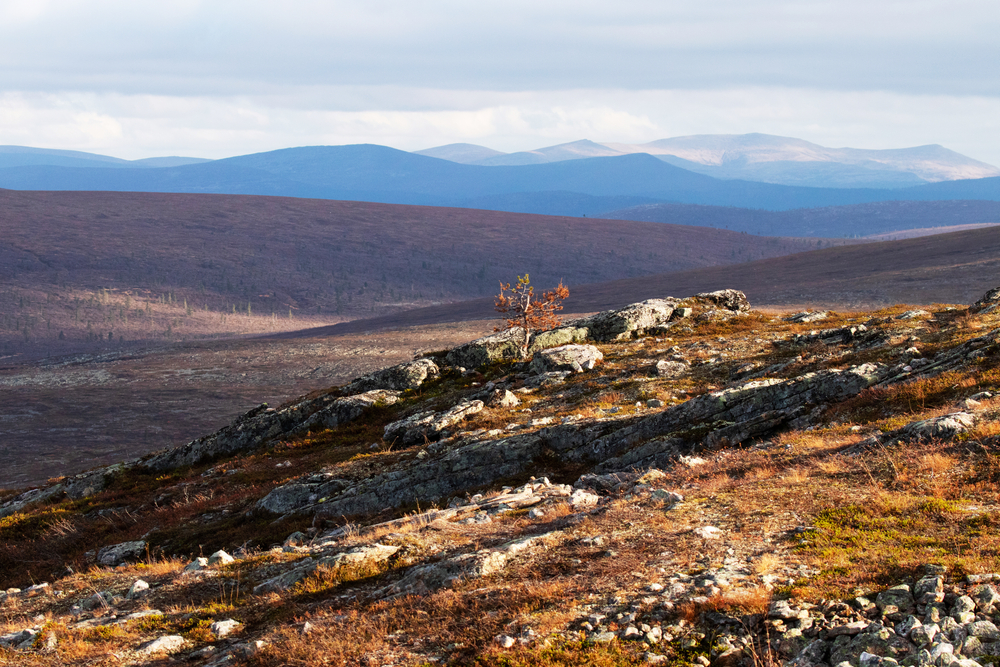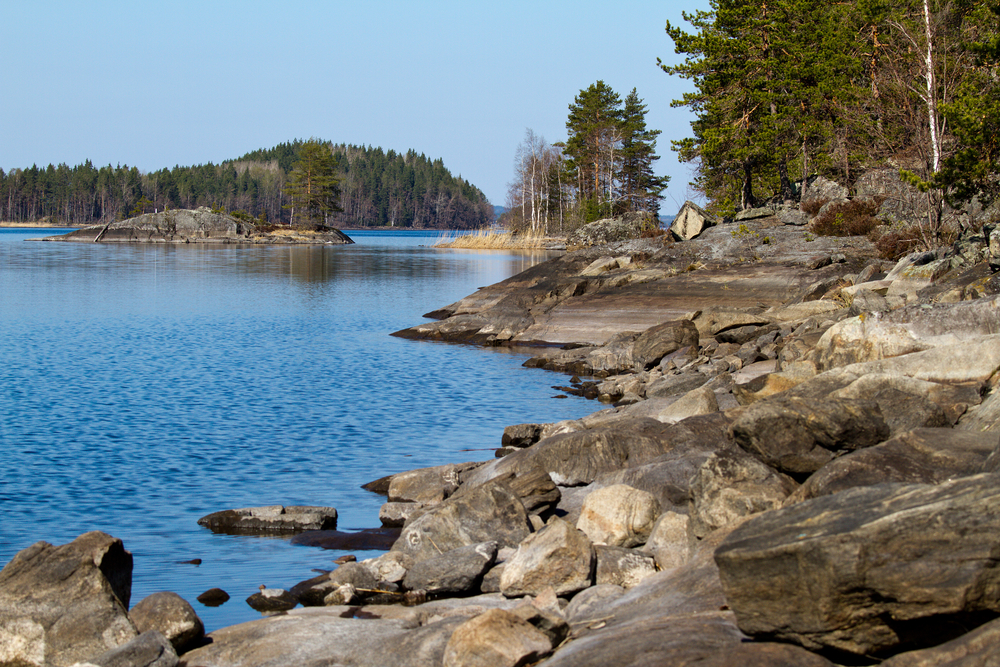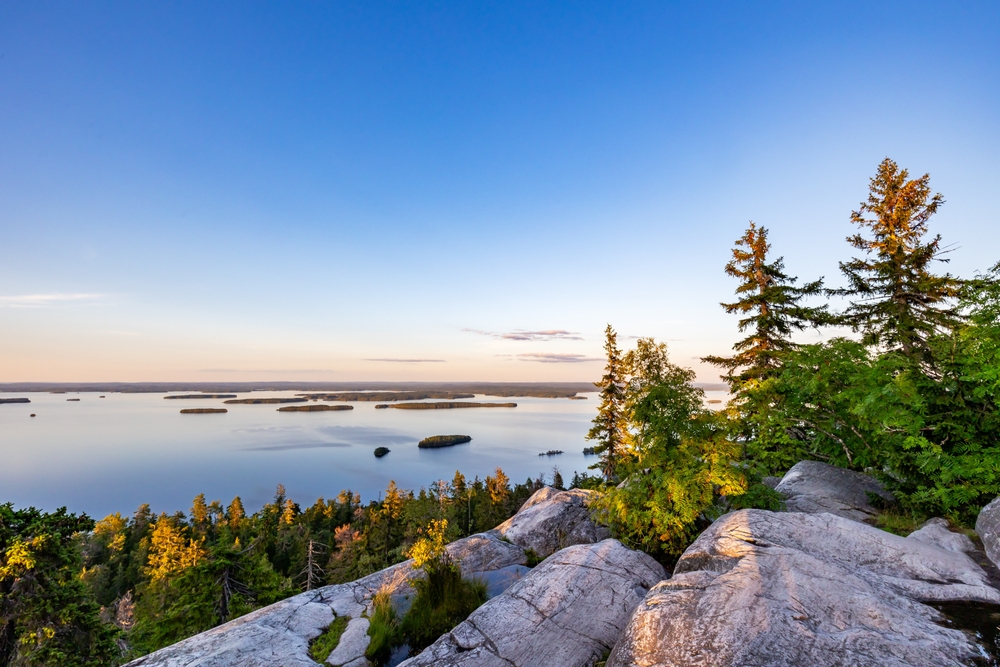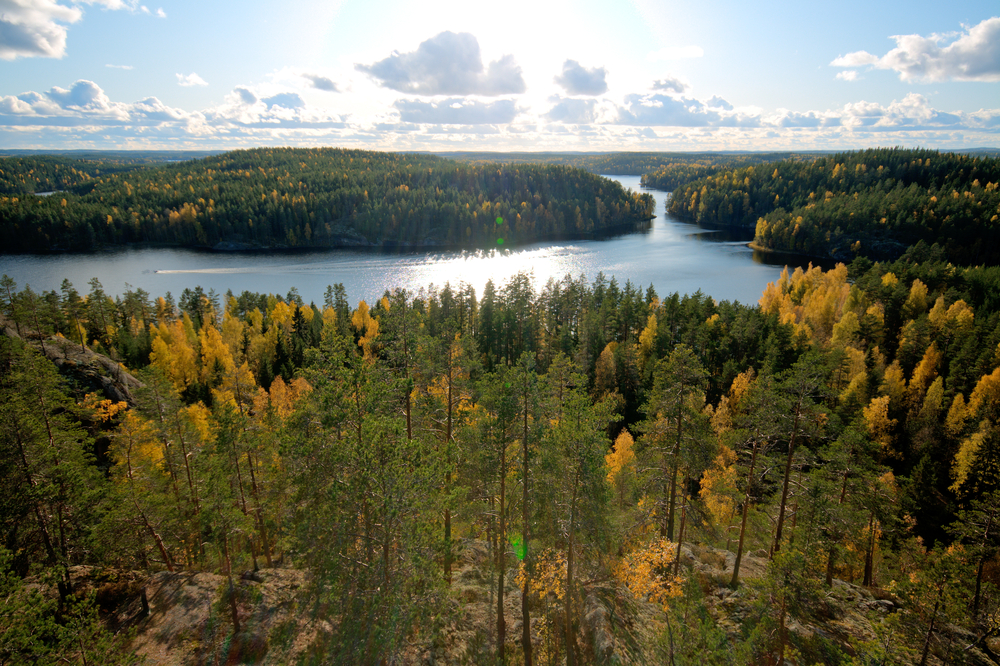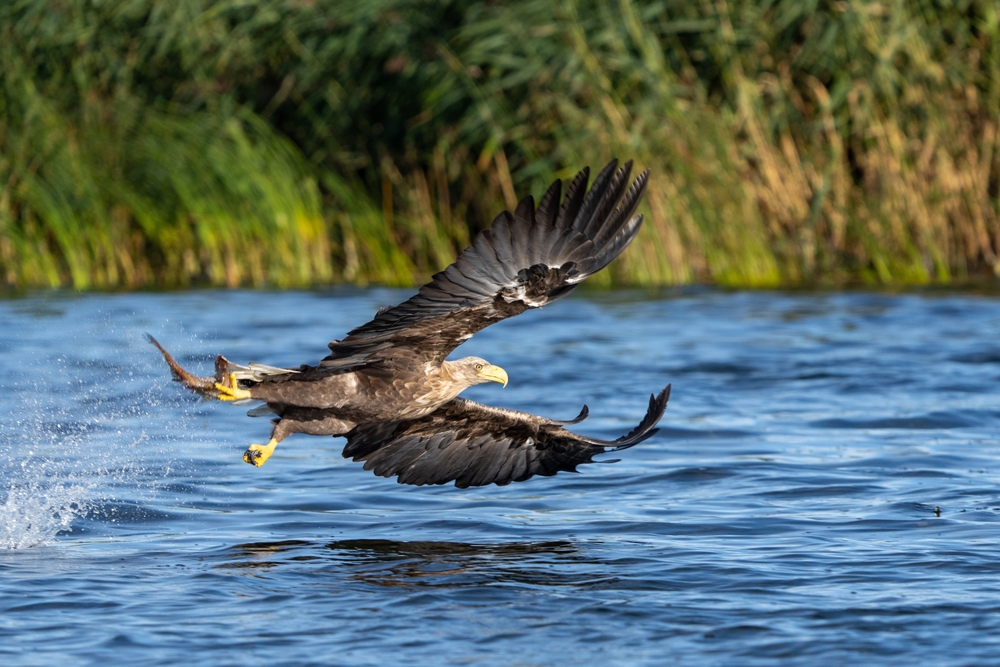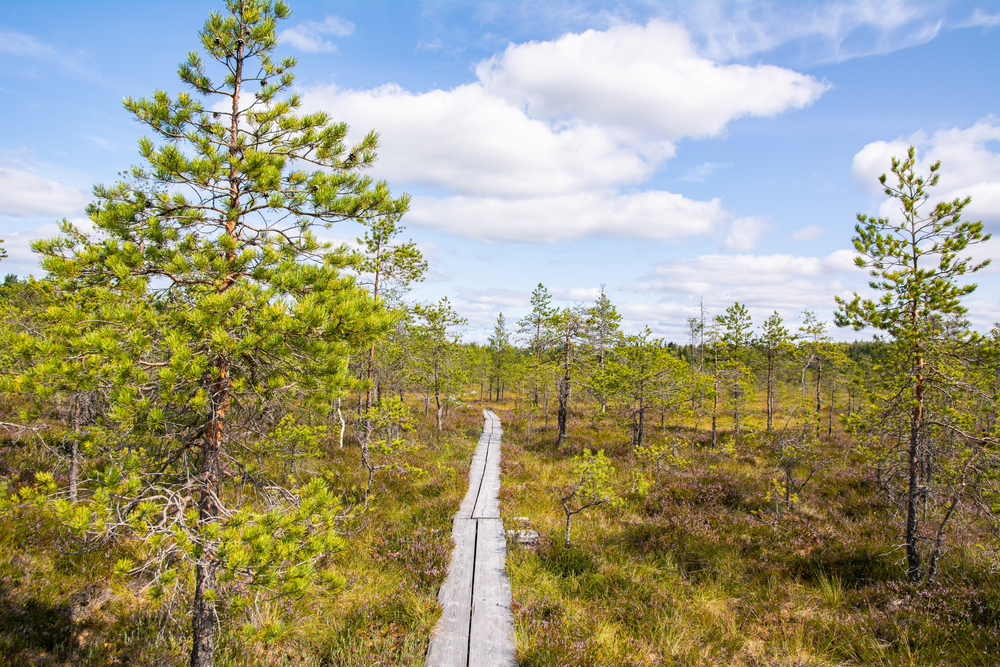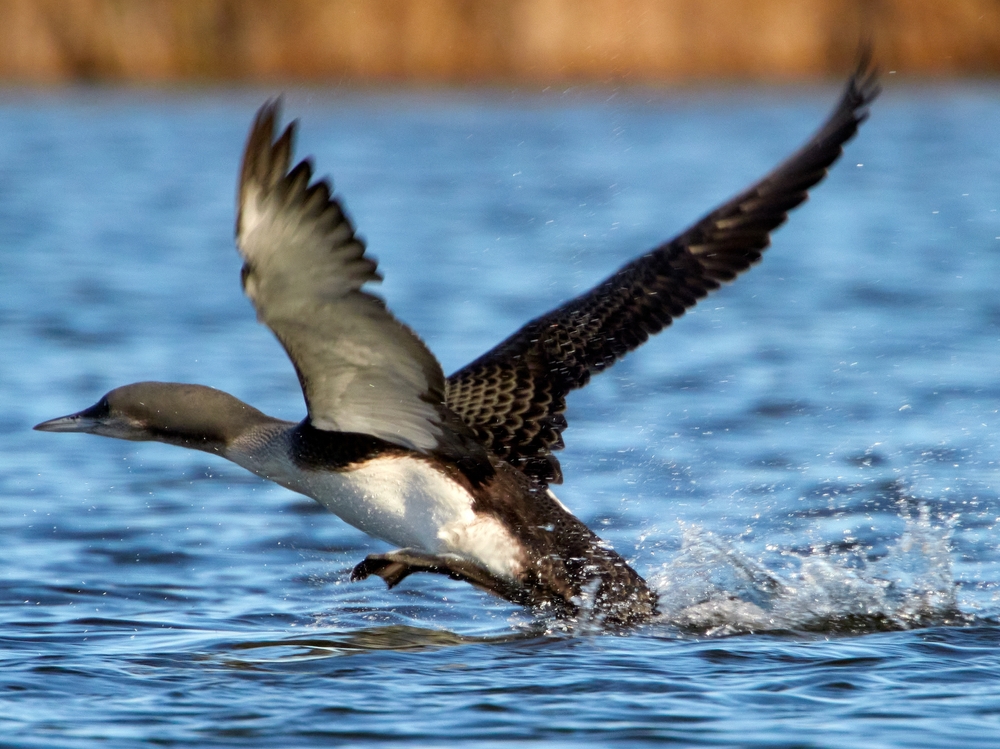Urho Kekkonen Overview
Urho Kekkonen National Park, or Urho Kekkosen kansallispuisto in Finnish, is one of Finland’s largest and most remote national parks, covering approximately 985 square miles (2,550 square kilometers).
It is situated in Finnish Lapland, extending from the eastern border of Saariselkä to the Russian border, offering vast, untouched wilderness. Named after Finland’s longest-serving president, Urho Kekkonen, the park showcases a stunning subarctic landscape, characterized by rolling fells, dense boreal forests, and expansive mires.
The terrain varies from gentle, forested hills to dramatic, windswept peaks, with notable features including the Kiilopää Fell, Sokosti, the highest peak in the park at 2,992 feet (912 meters), and the picturesque River Luirojoki. The park also contains numerous lakes, streams, and swamps, creating a diverse ecosystem that shifts with the seasons. The stark beauty of the tundra-like fell tops contrasts with the lush, green river valleys, which come alive in summer with wildflowers and migratory birds.
Wildlife in Urho Kekkonen National Park thrives in its pristine and isolated environment, offering visitors a chance to encounter some of Finland’s most iconic species. The park is home to large mammals such as reindeer, which roam freely across the landscape, as well as the elusive wolverine and the Eurasian lynx. Brown bears and moose are also found in the park, though sightings are relatively rare due to the vastness of the terrain.
Birdwatchers will find the park particularly rewarding, as it hosts species like the golden eagle, rough-legged buzzard, Siberian jay, and willow ptarmigan. During the summer months, numerous migratory birds arrive, adding to the park’s biodiversity. The park’s waterways and marshlands also provide an important habitat for waterfowl, including the whooper swan, Finland’s national bird.
Urho Kekkonen National Park is a popular destination for outdoor enthusiasts year-round. One of its main attractions is the extensive network of hiking trails, including the famous trail to Luirojärvi Lake, which offers breathtaking scenery and a remote wilderness experience. Cross-country skiing is another popular activity, with well-maintained tracks that traverse the snow-covered fells in winter.
For those seeking solitude, the park’s wilderness huts provide shelter for multi-day treks, allowing visitors to immerse themselves in the remote beauty of the region. In the winter months, visitors may also experience the mesmerizing northern lights, which frequently dance across the Arctic sky.
The park’s proximity to Saariselkä, a well-known resort town, ensures that visitors have access to modern amenities while still being able to explore the untouched wilderness.
Conservation efforts in Urho Kekkonen National Park focus on maintaining its delicate ecosystem and protecting the traditional livelihoods of the indigenous Sámi people, who have herded reindeer in the region for centuries.
Sustainable tourism practices have been implemented to minimize human impact, including well-marked trails and designated camping areas. Challenges such as climate change and increasing tourism pressure pose threats to the fragile tundra environment, making continued conservation efforts crucial.
Despite these challenges, the park remains a successful model of conservation, balancing environmental protection with outdoor recreation and cultural preservation.

